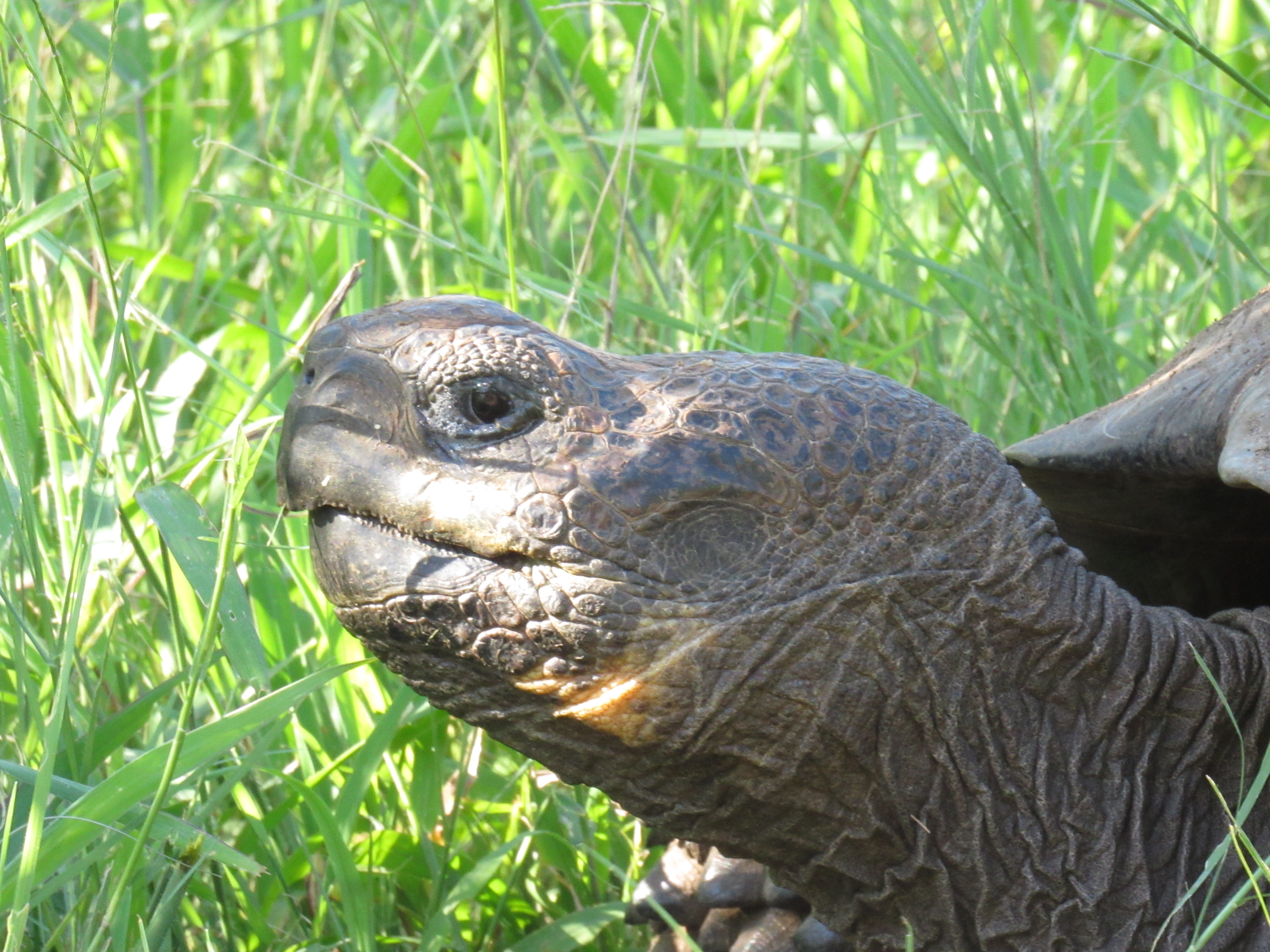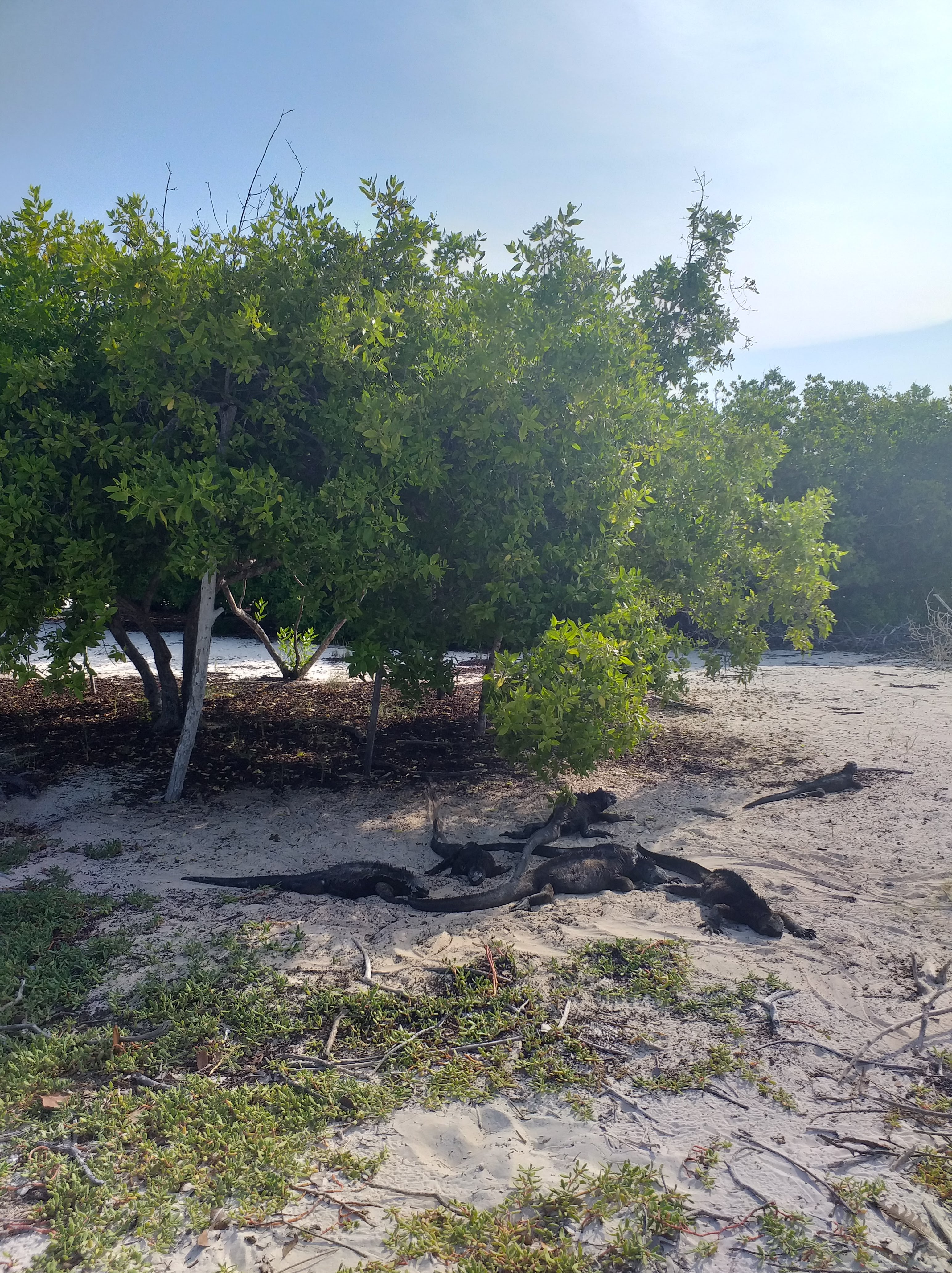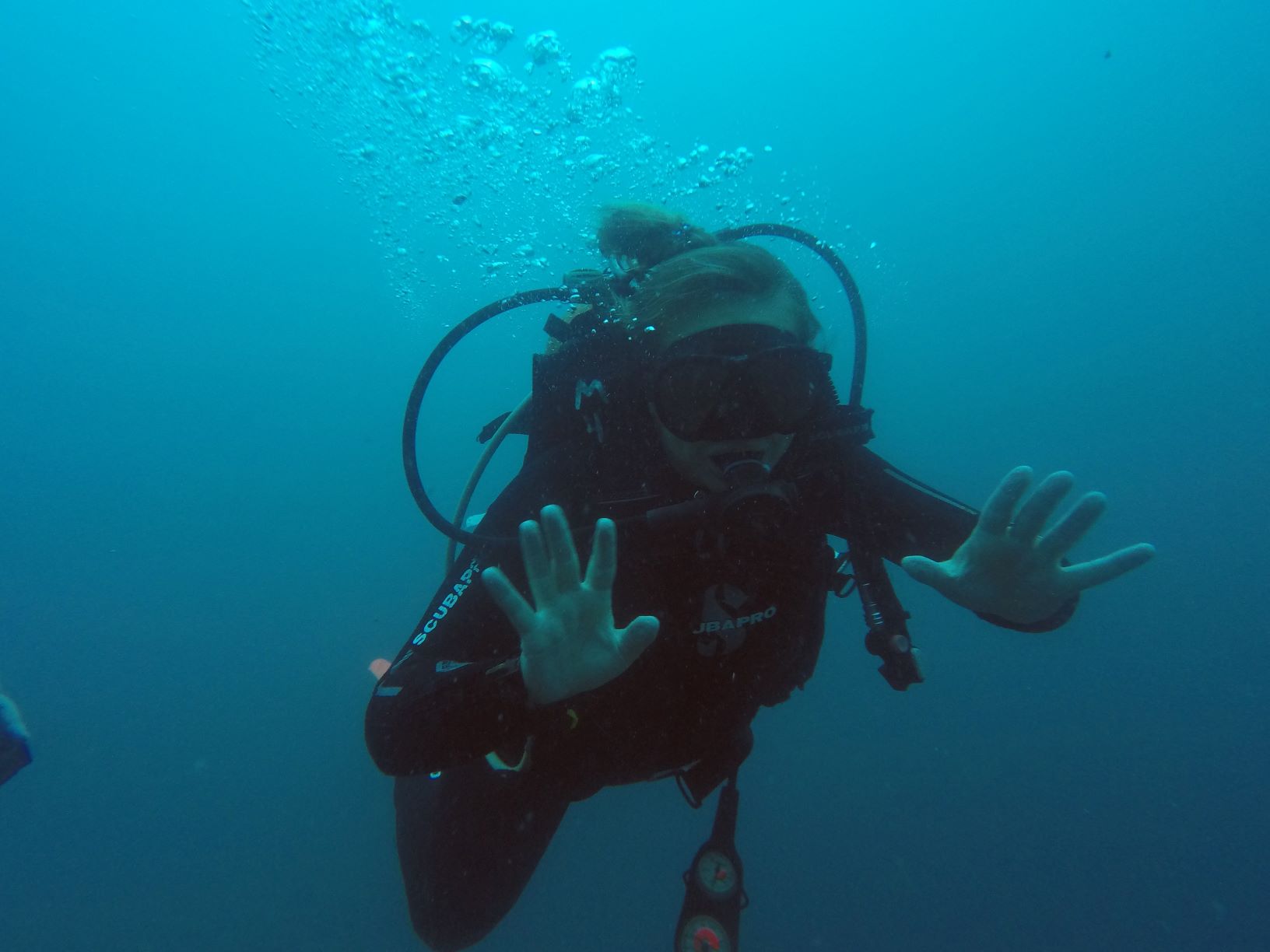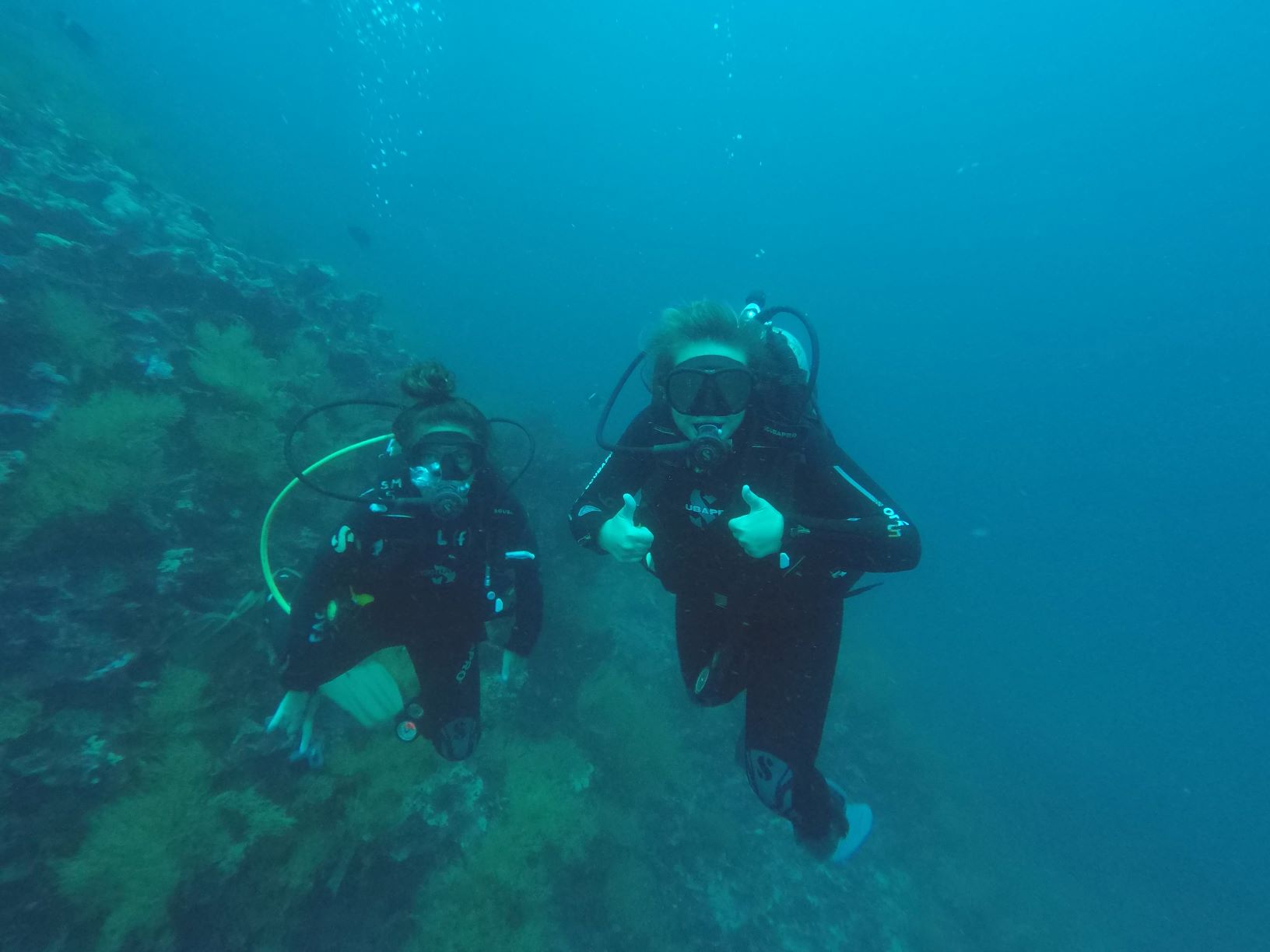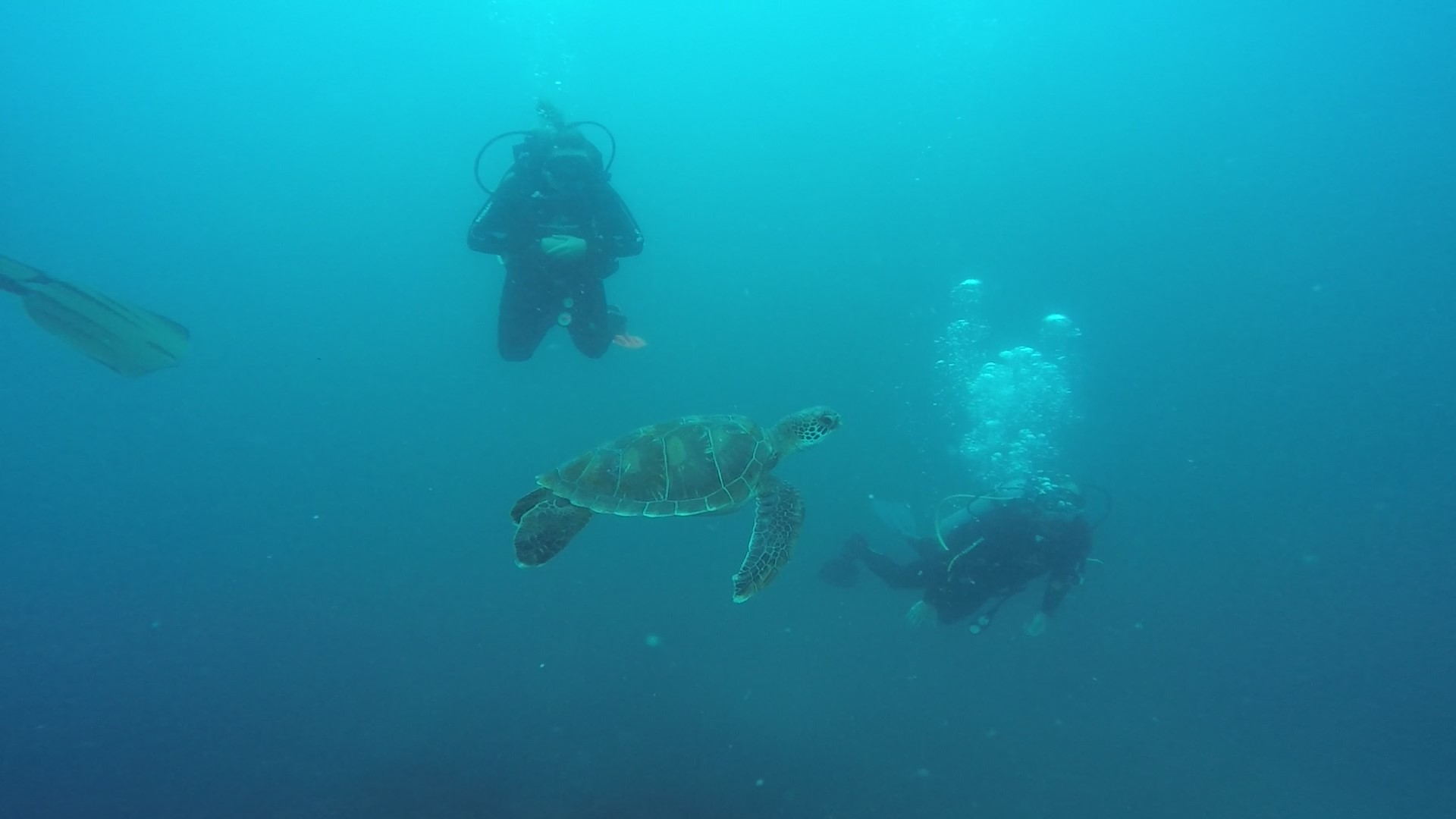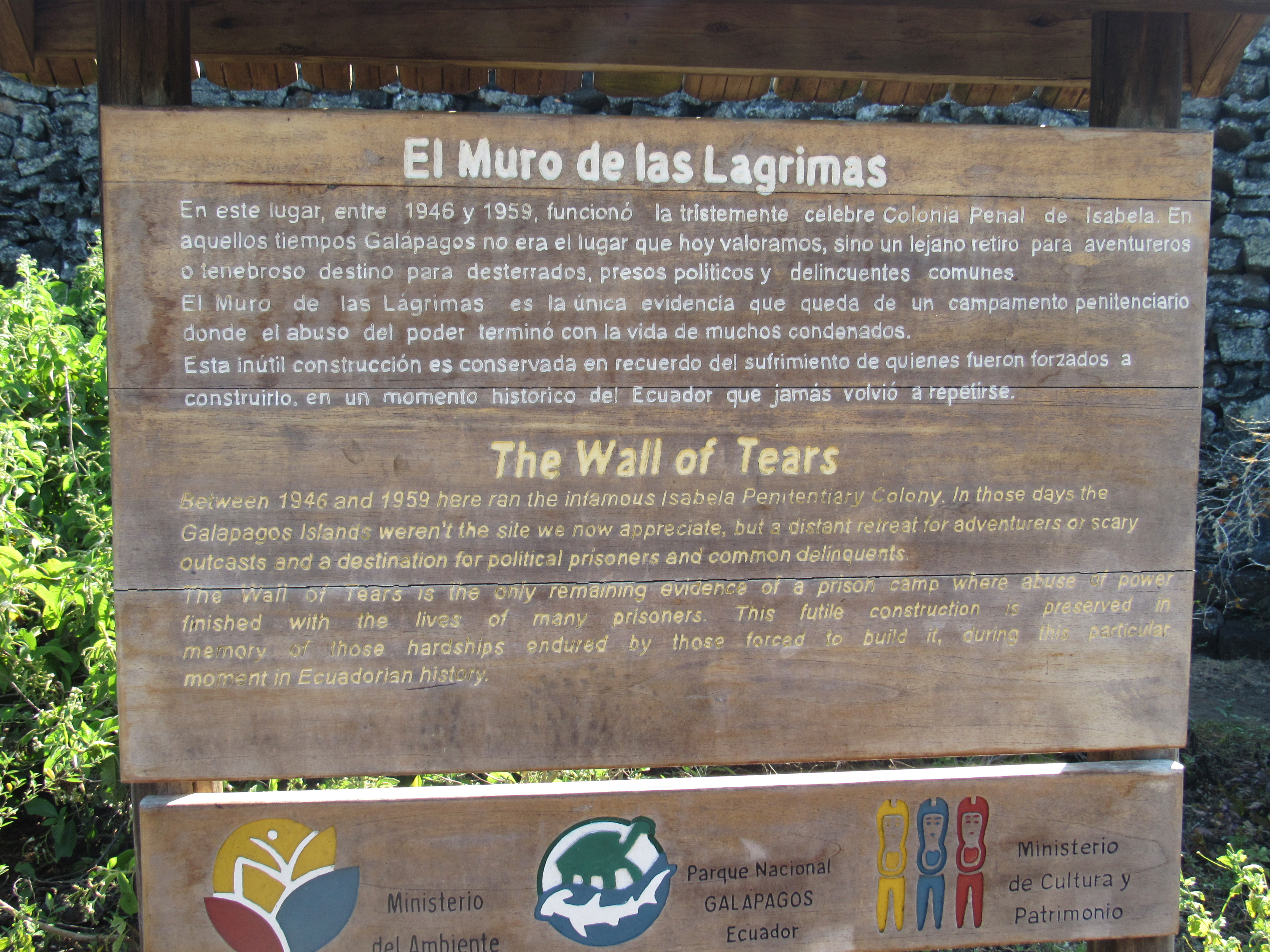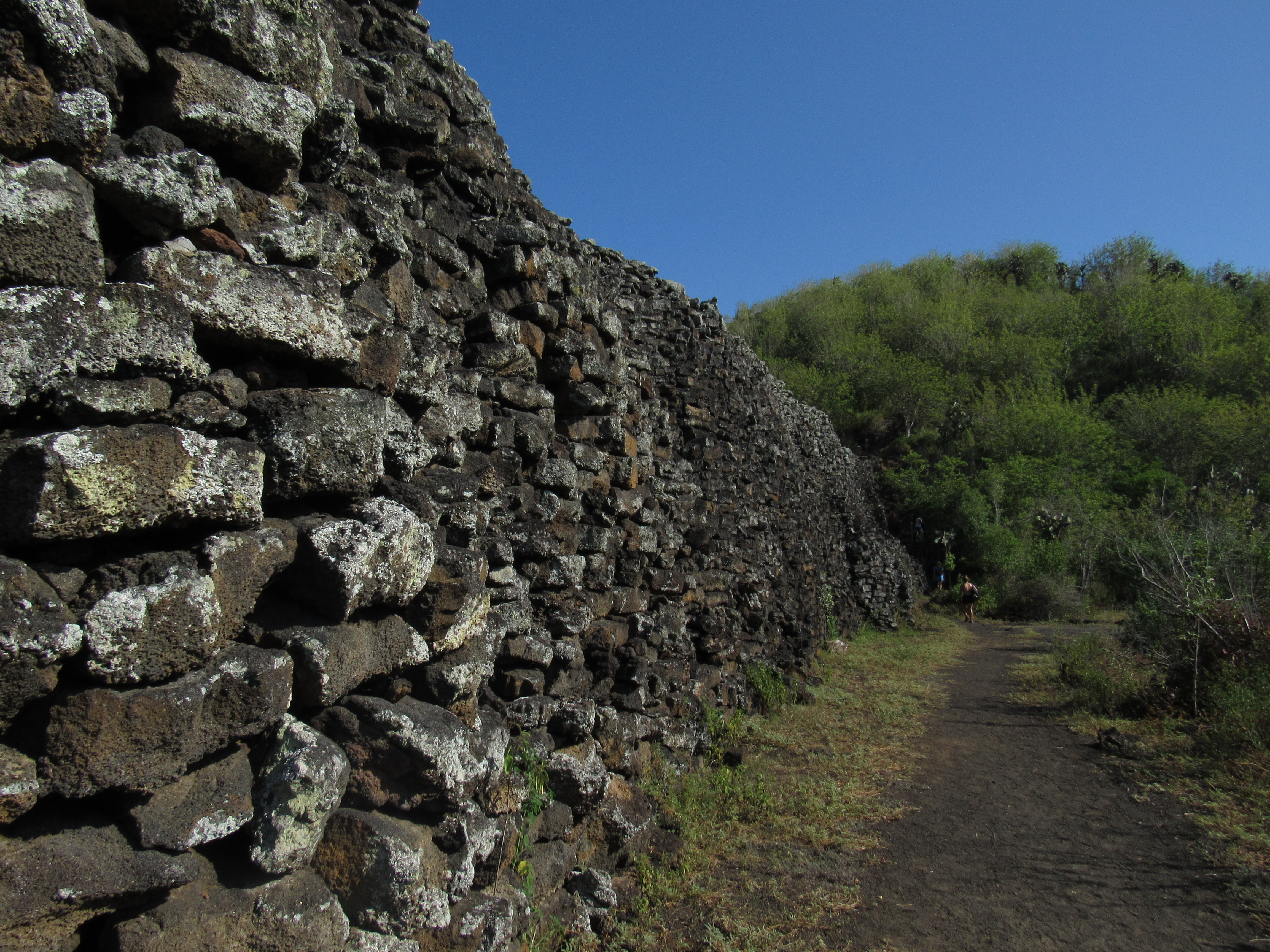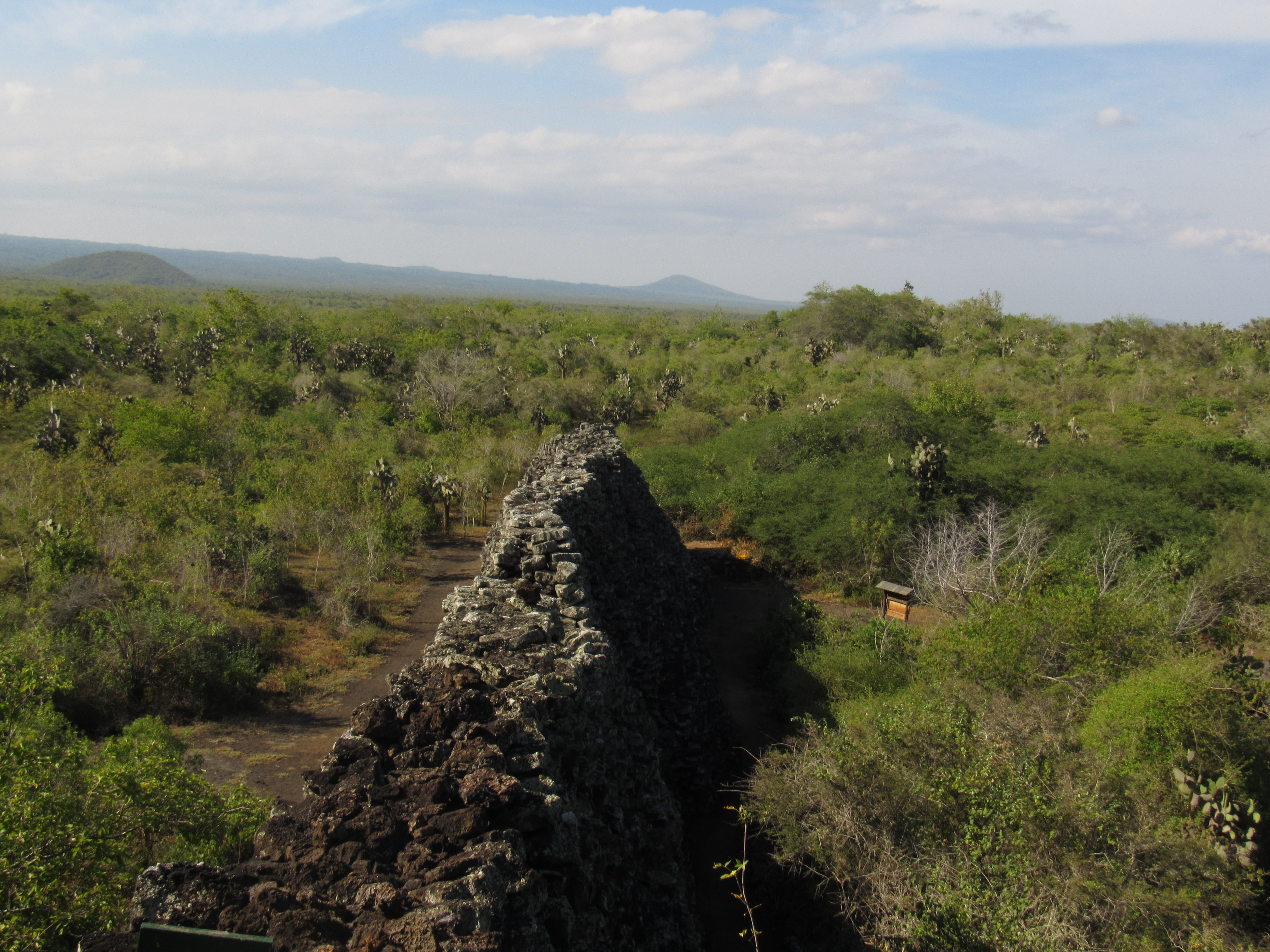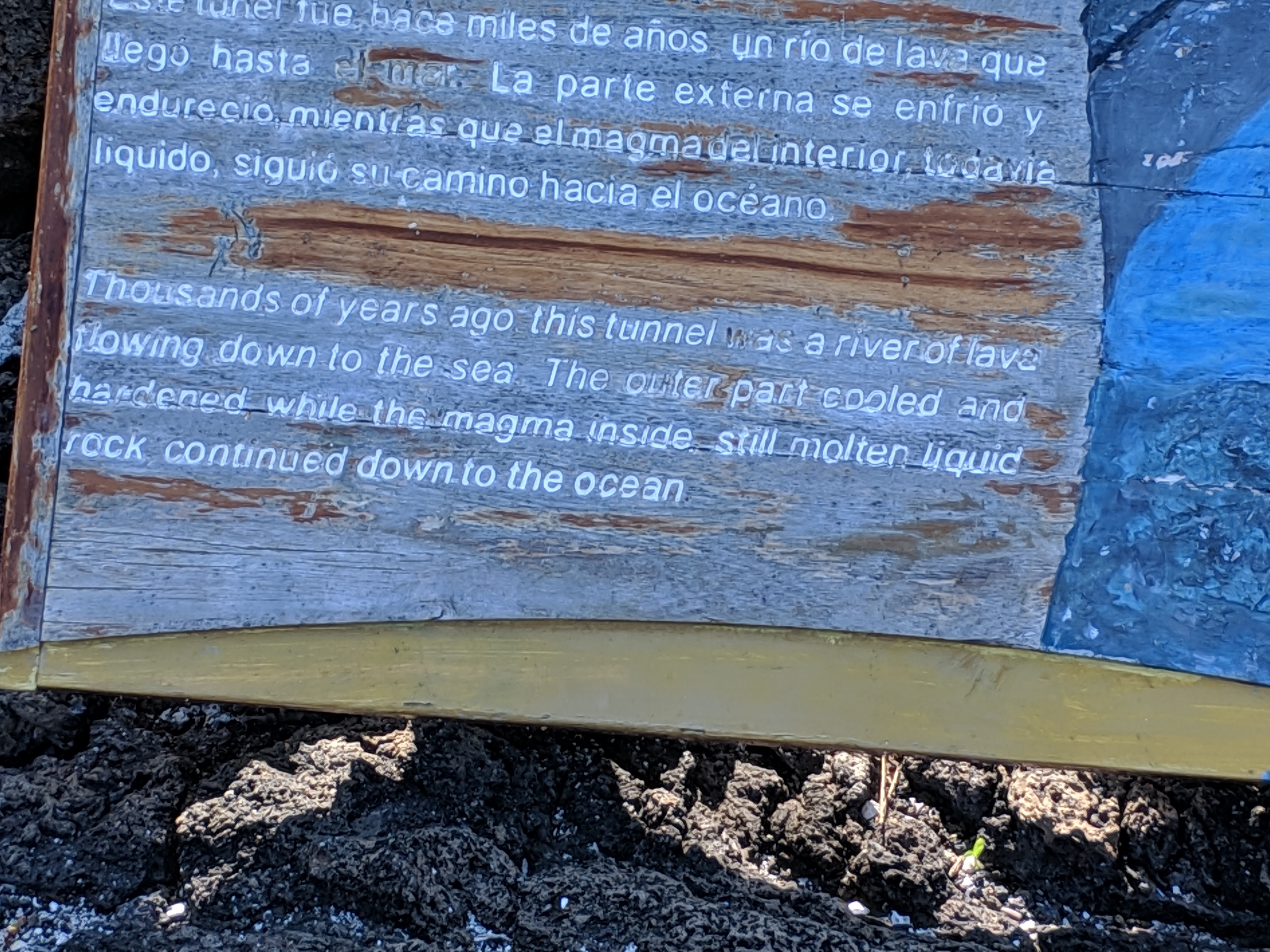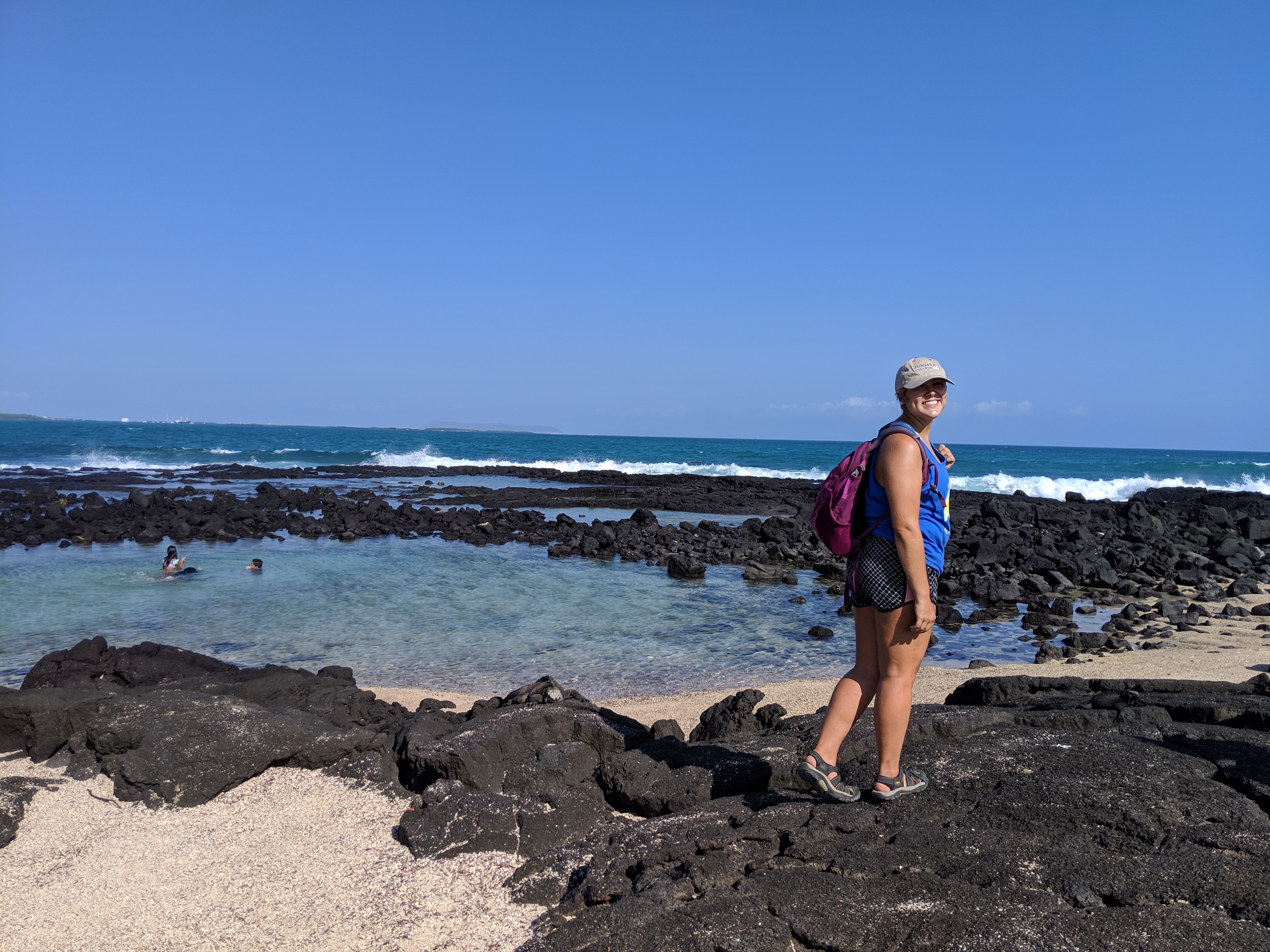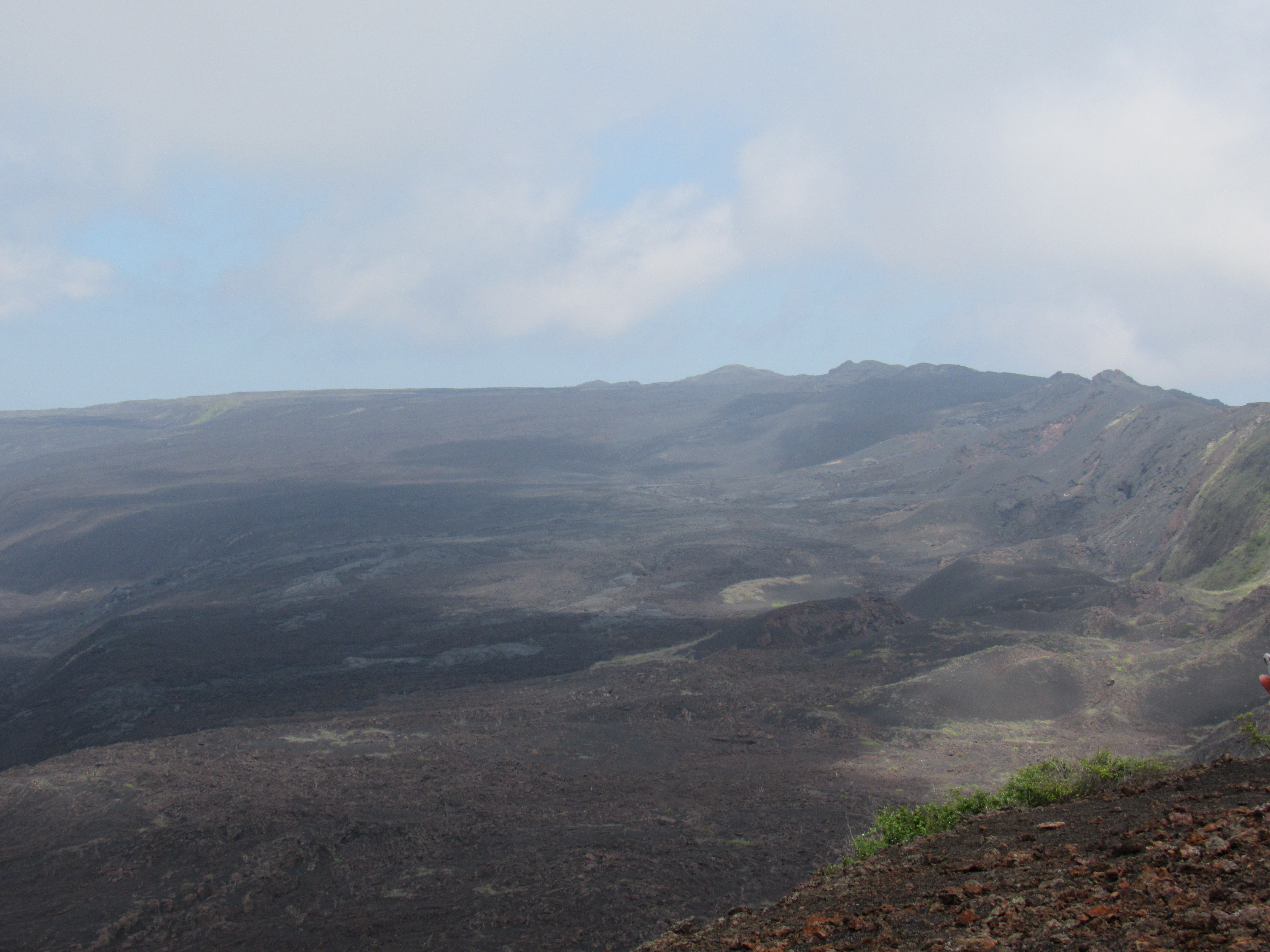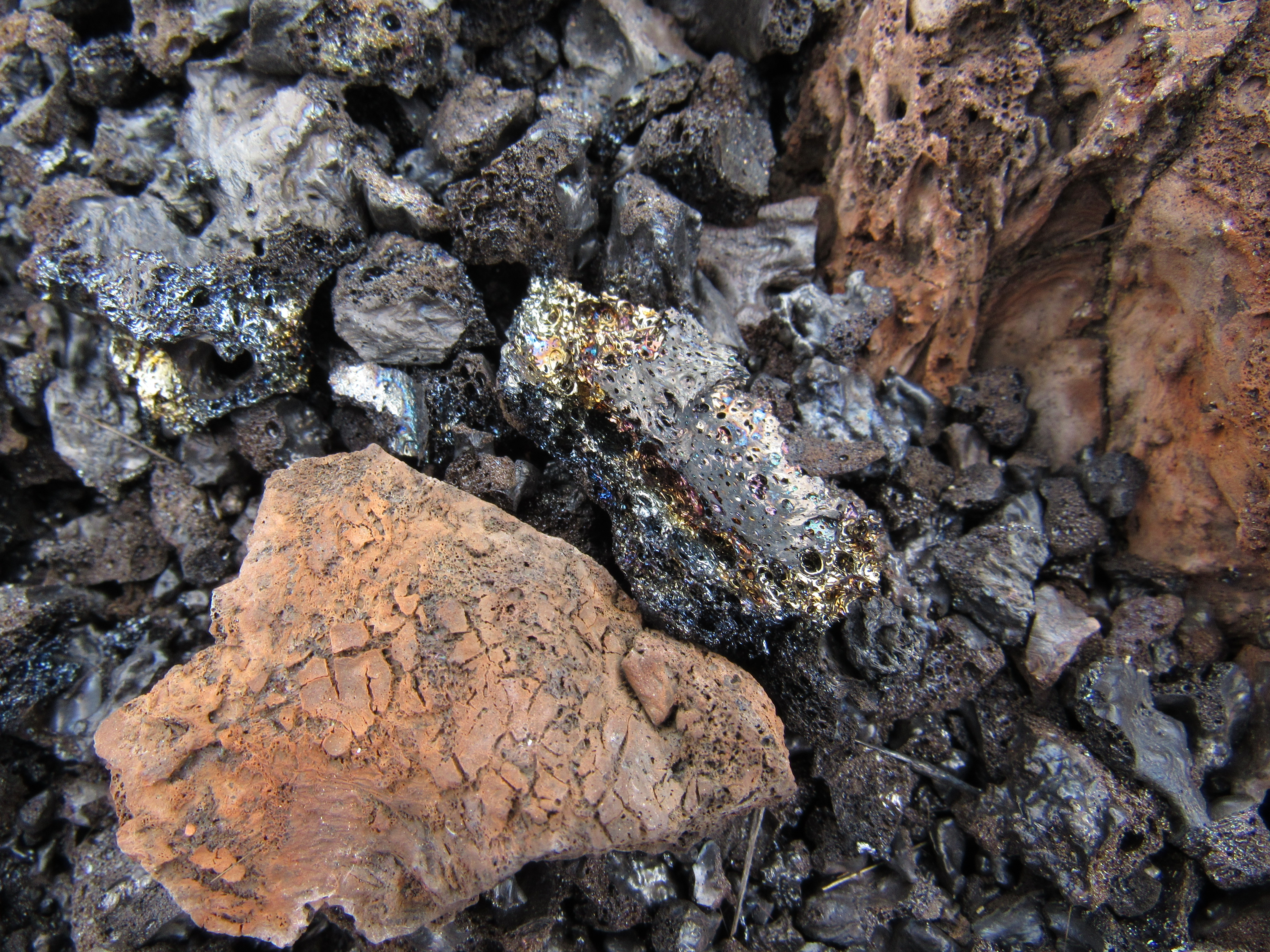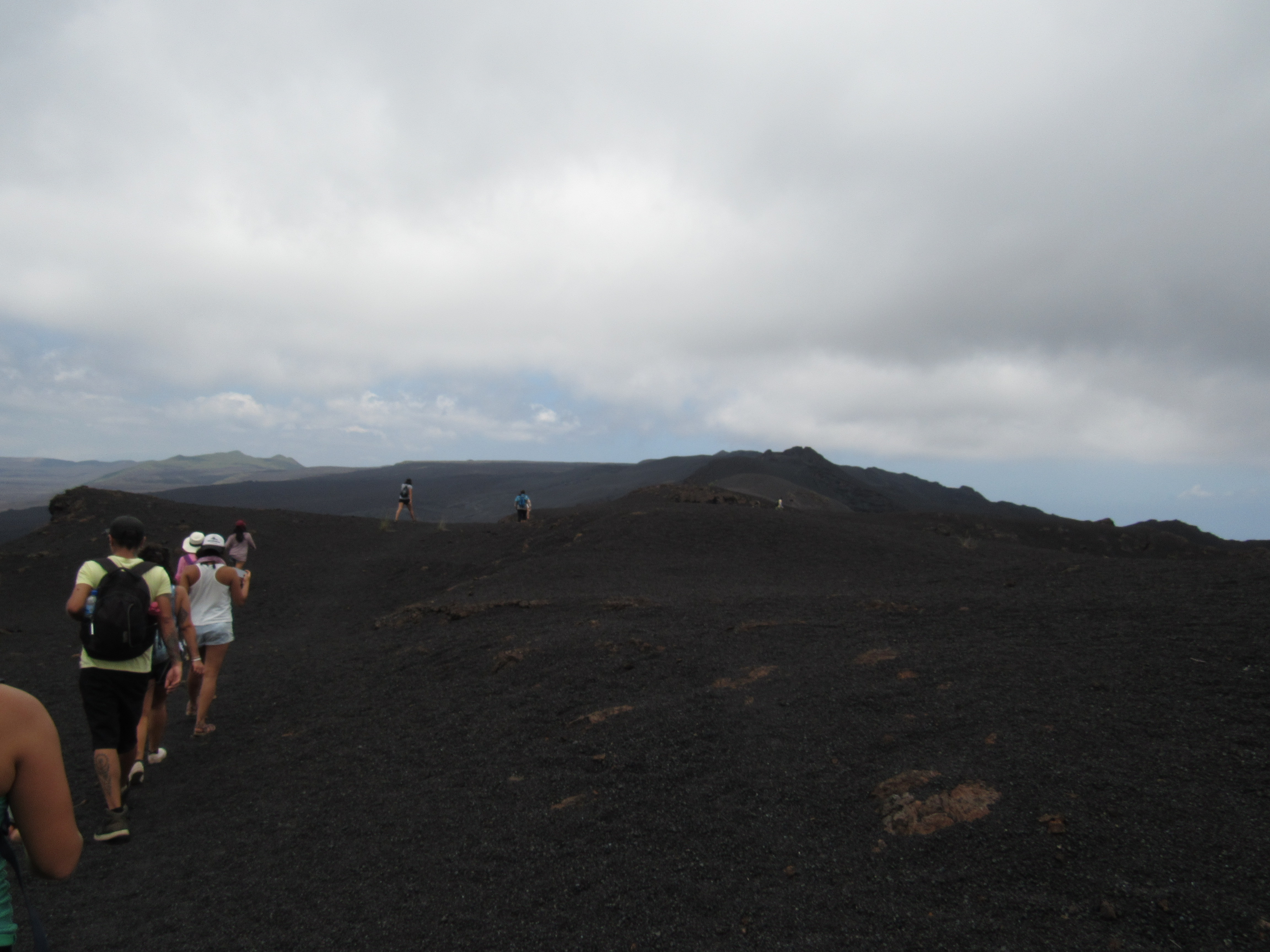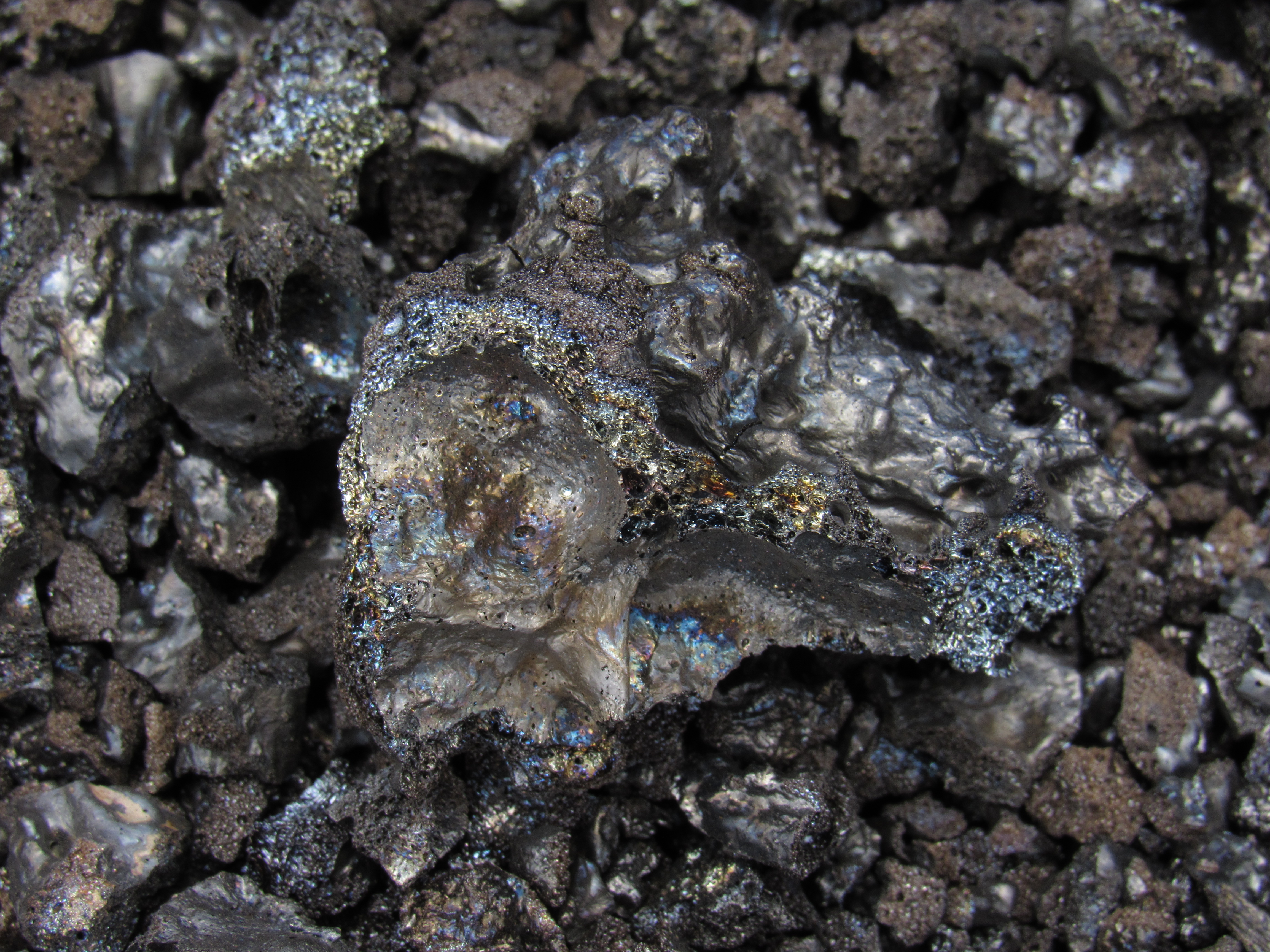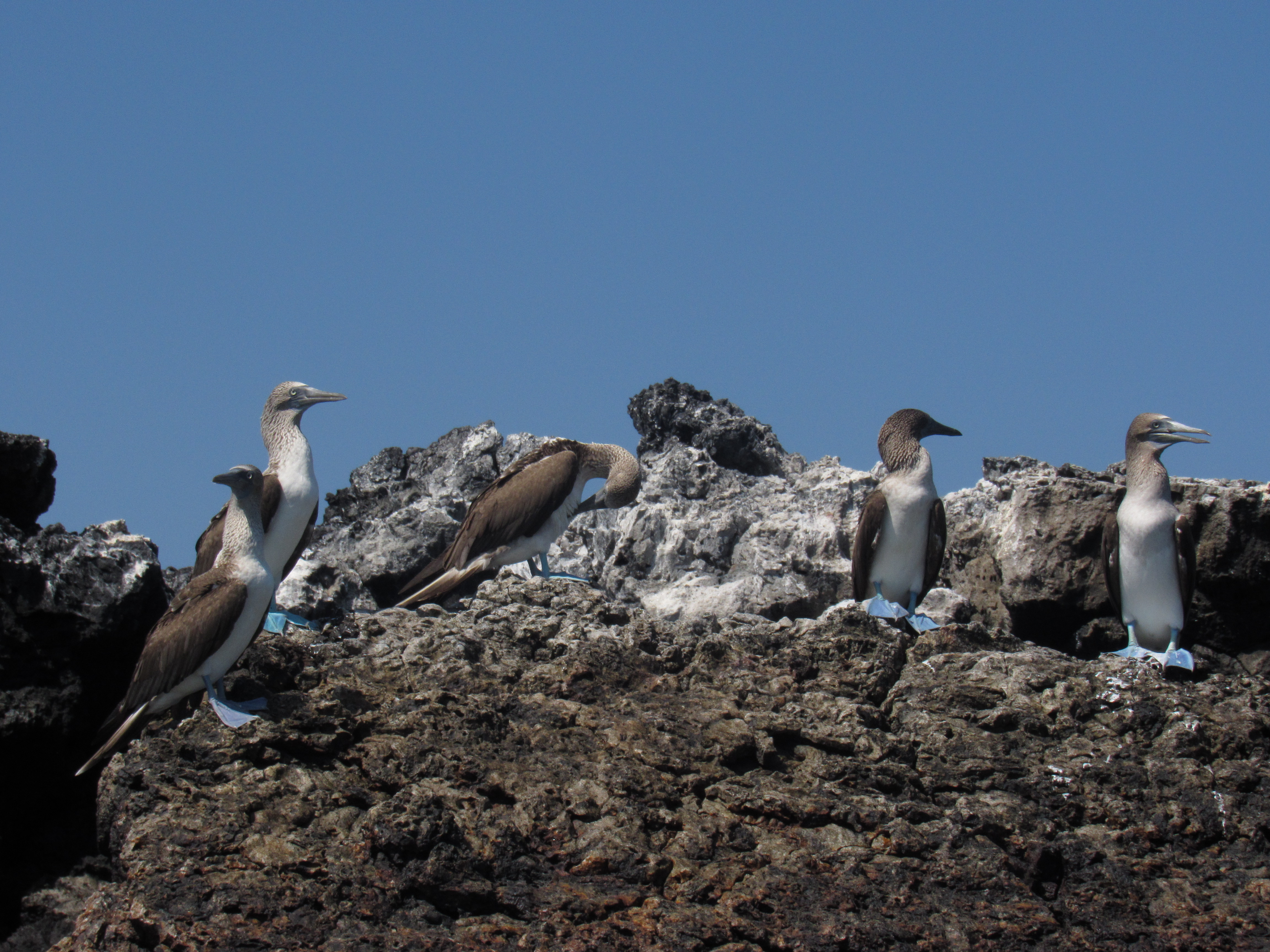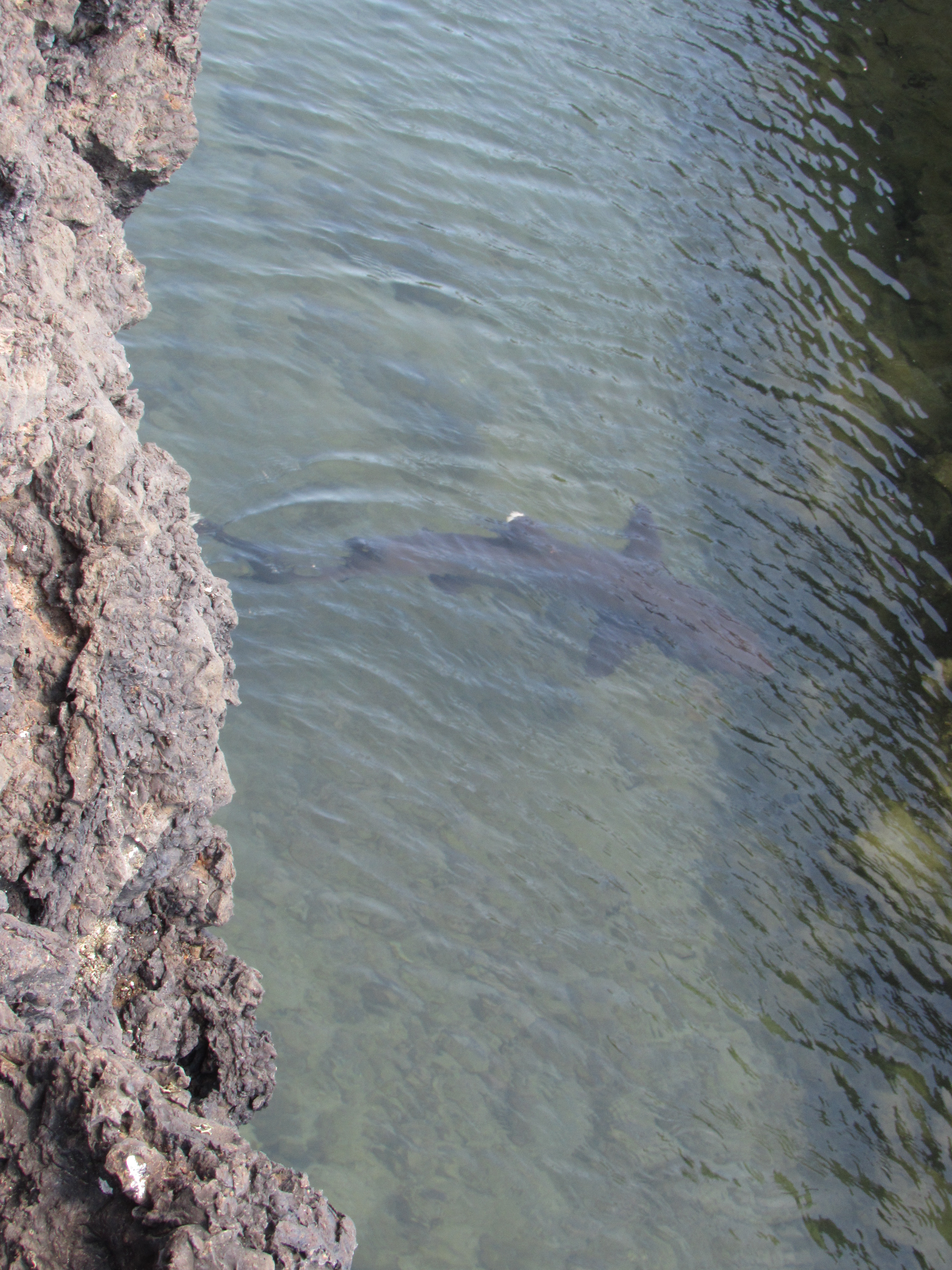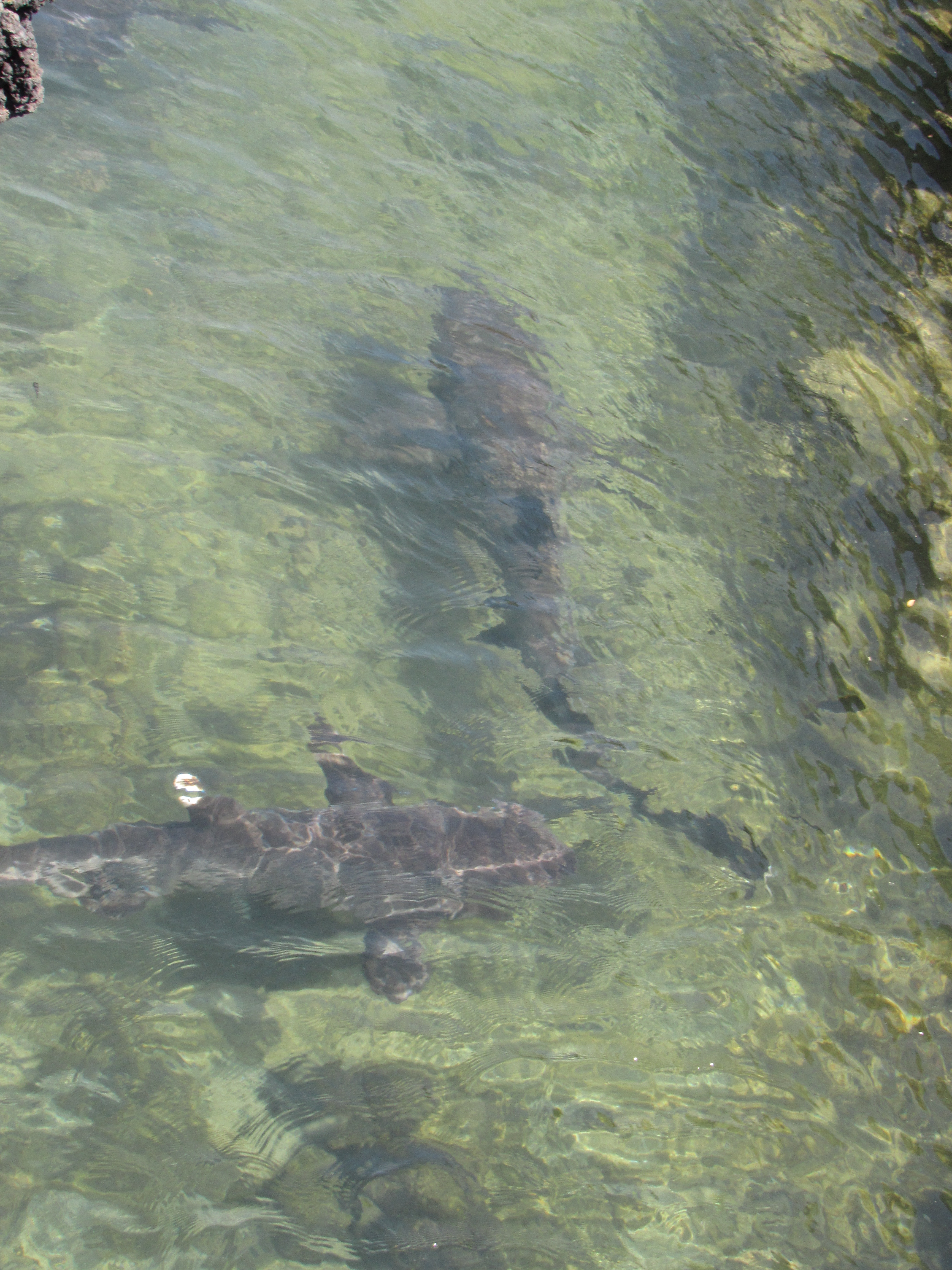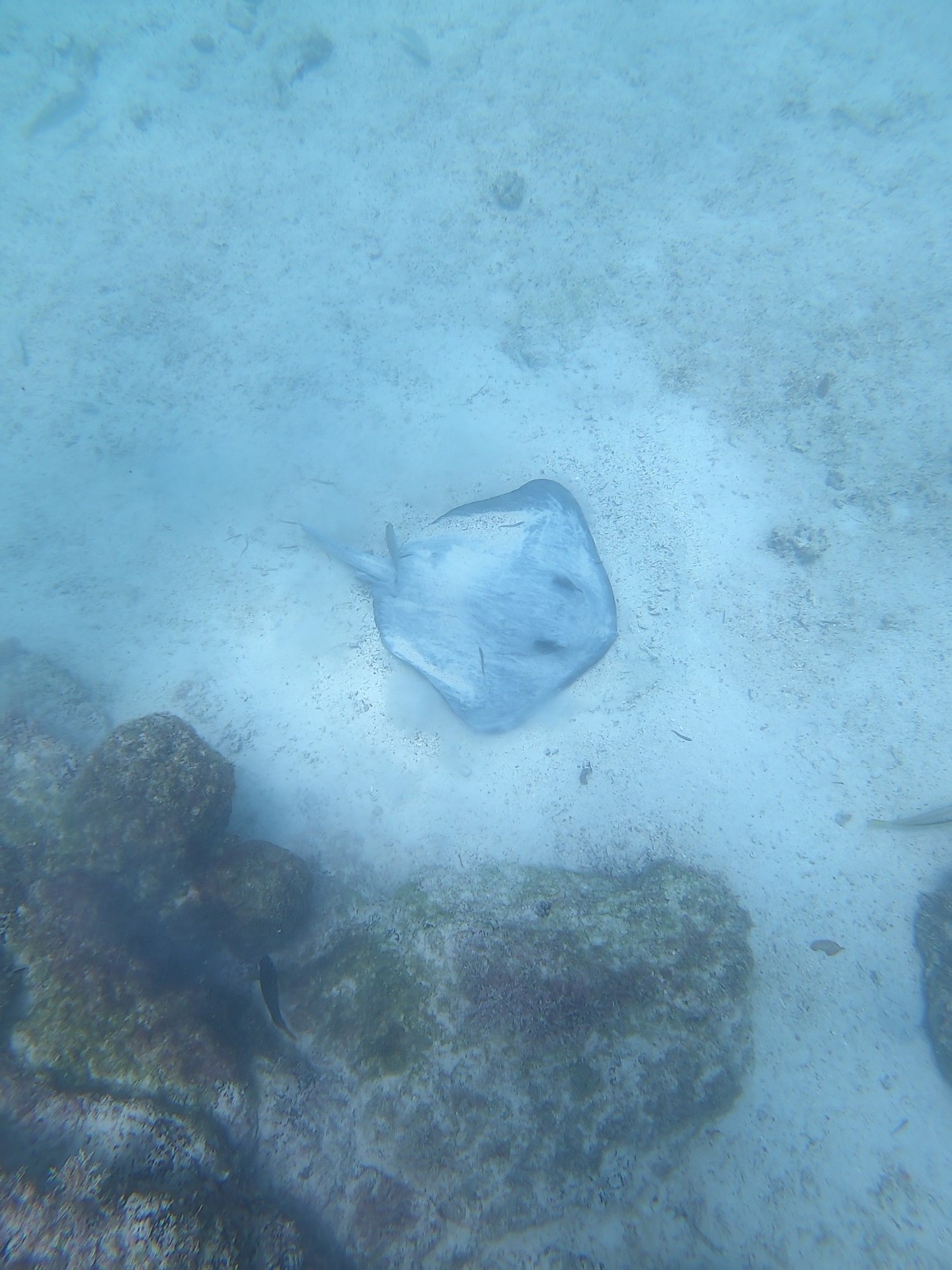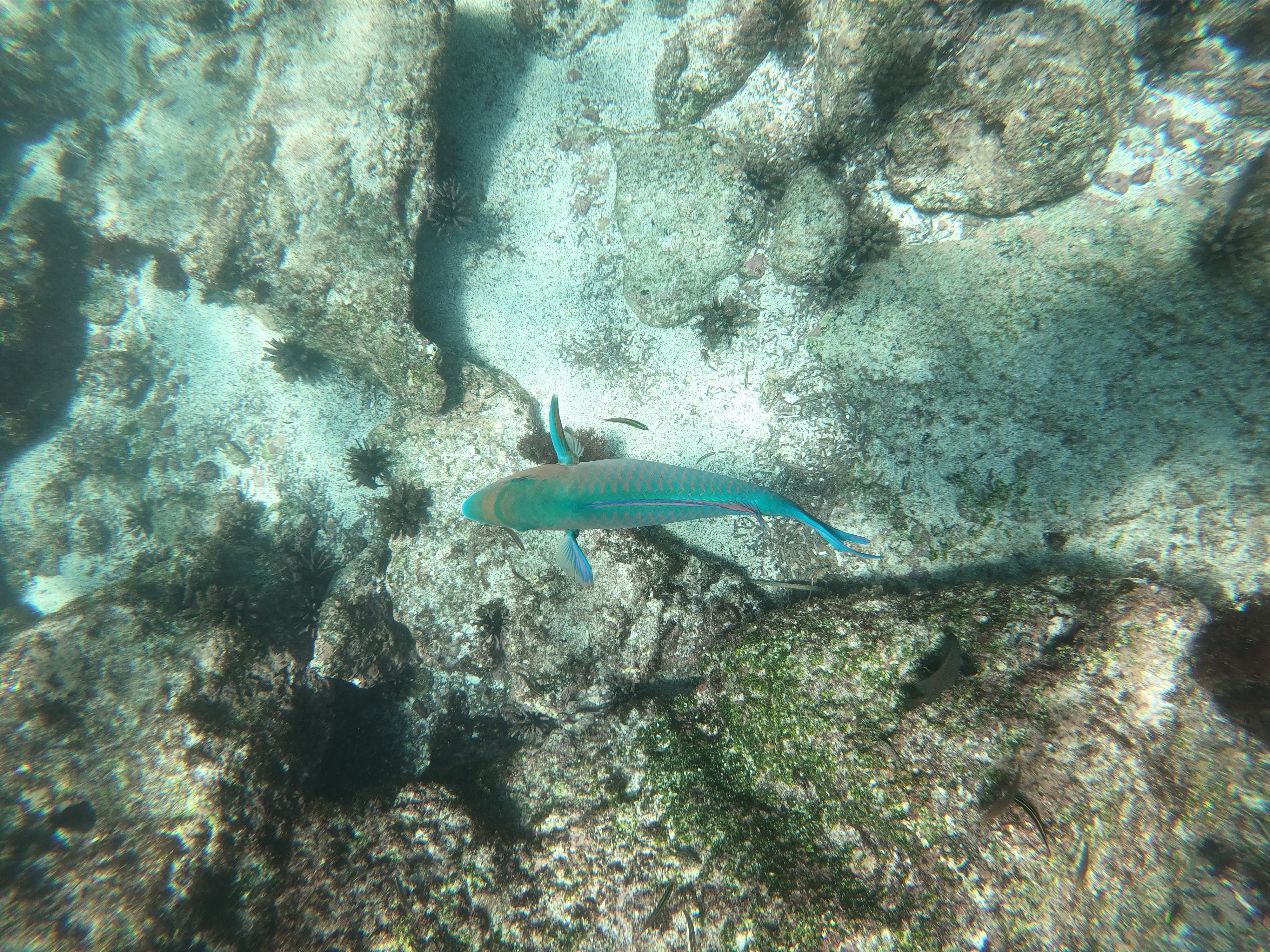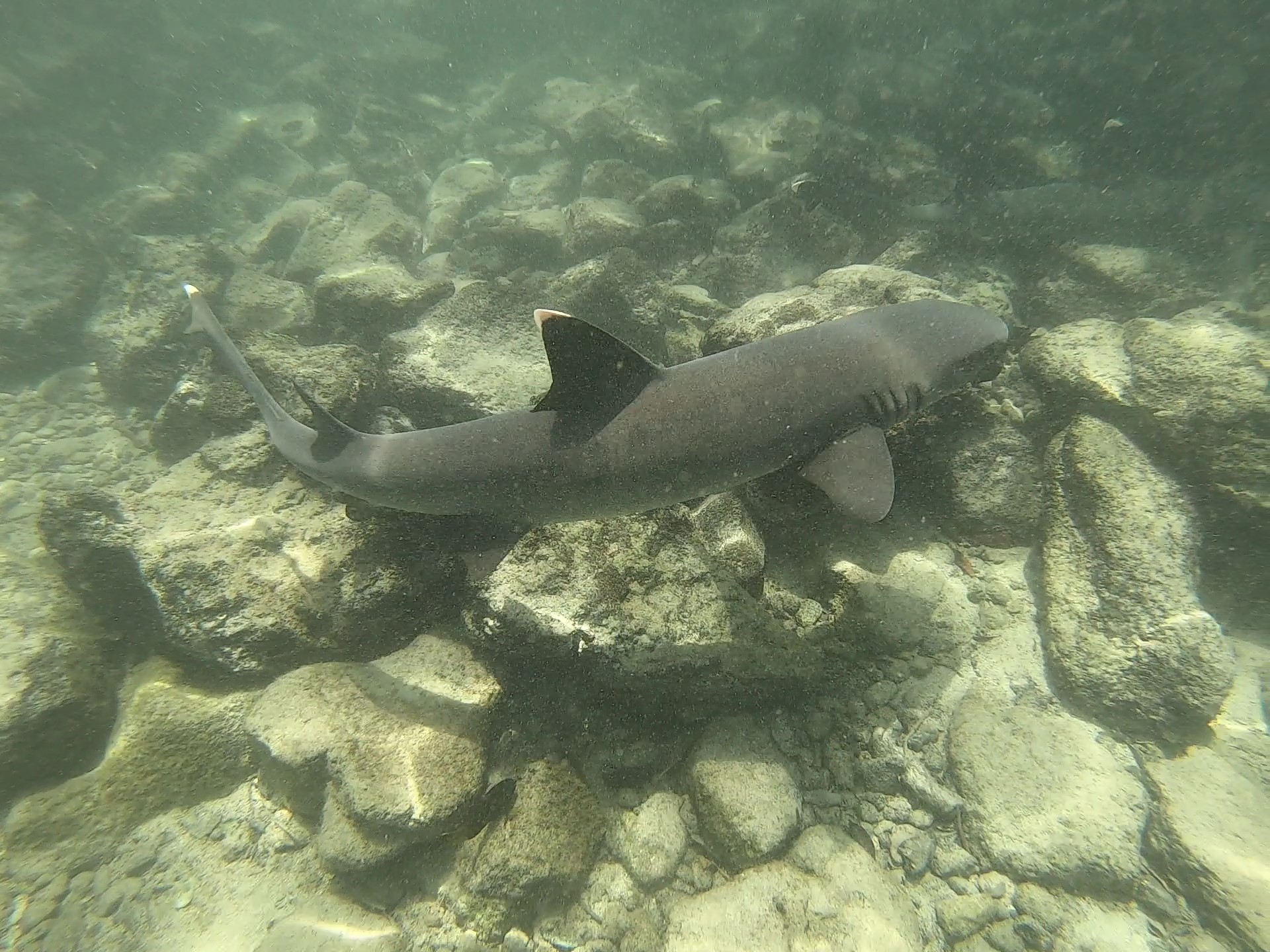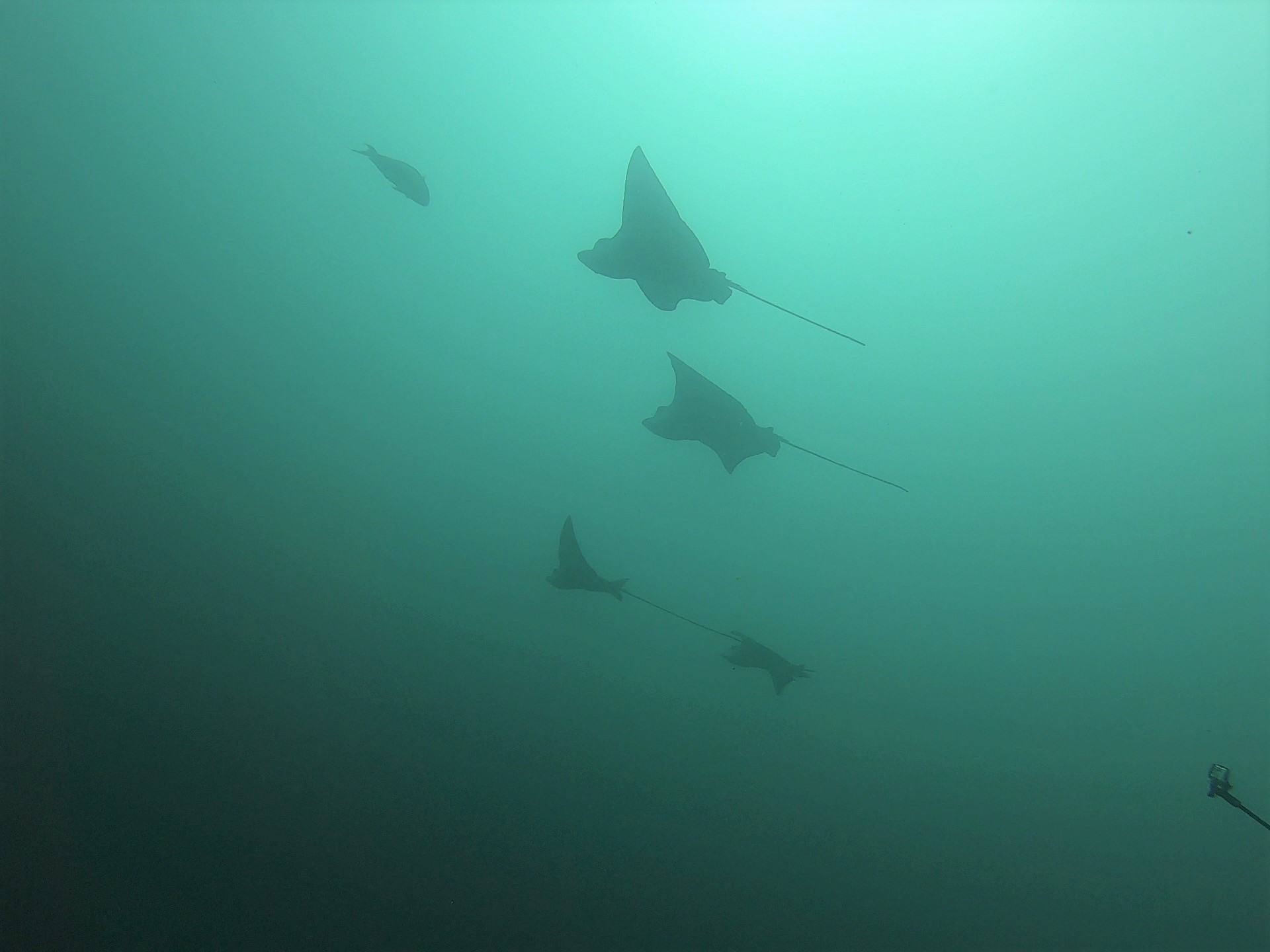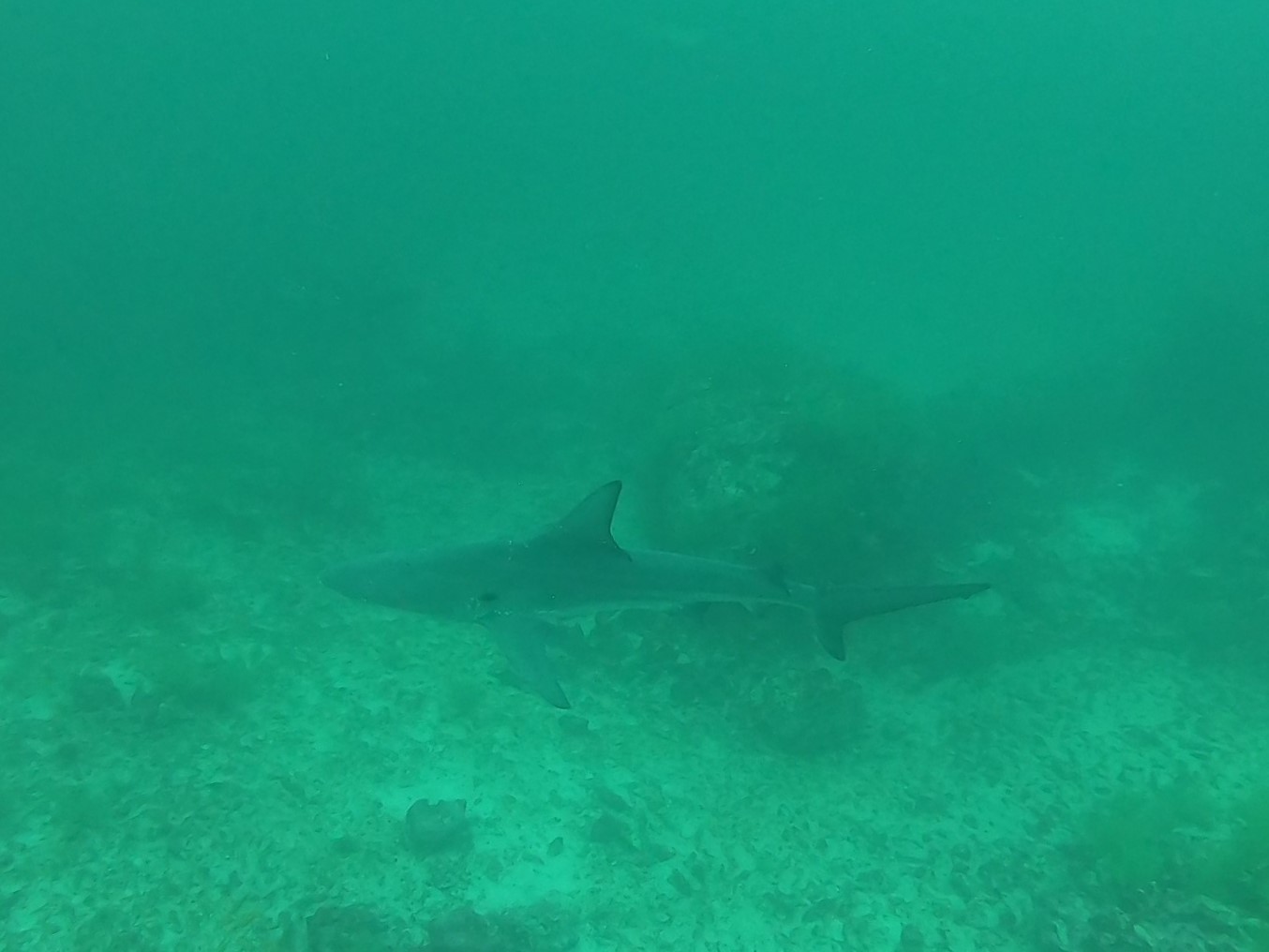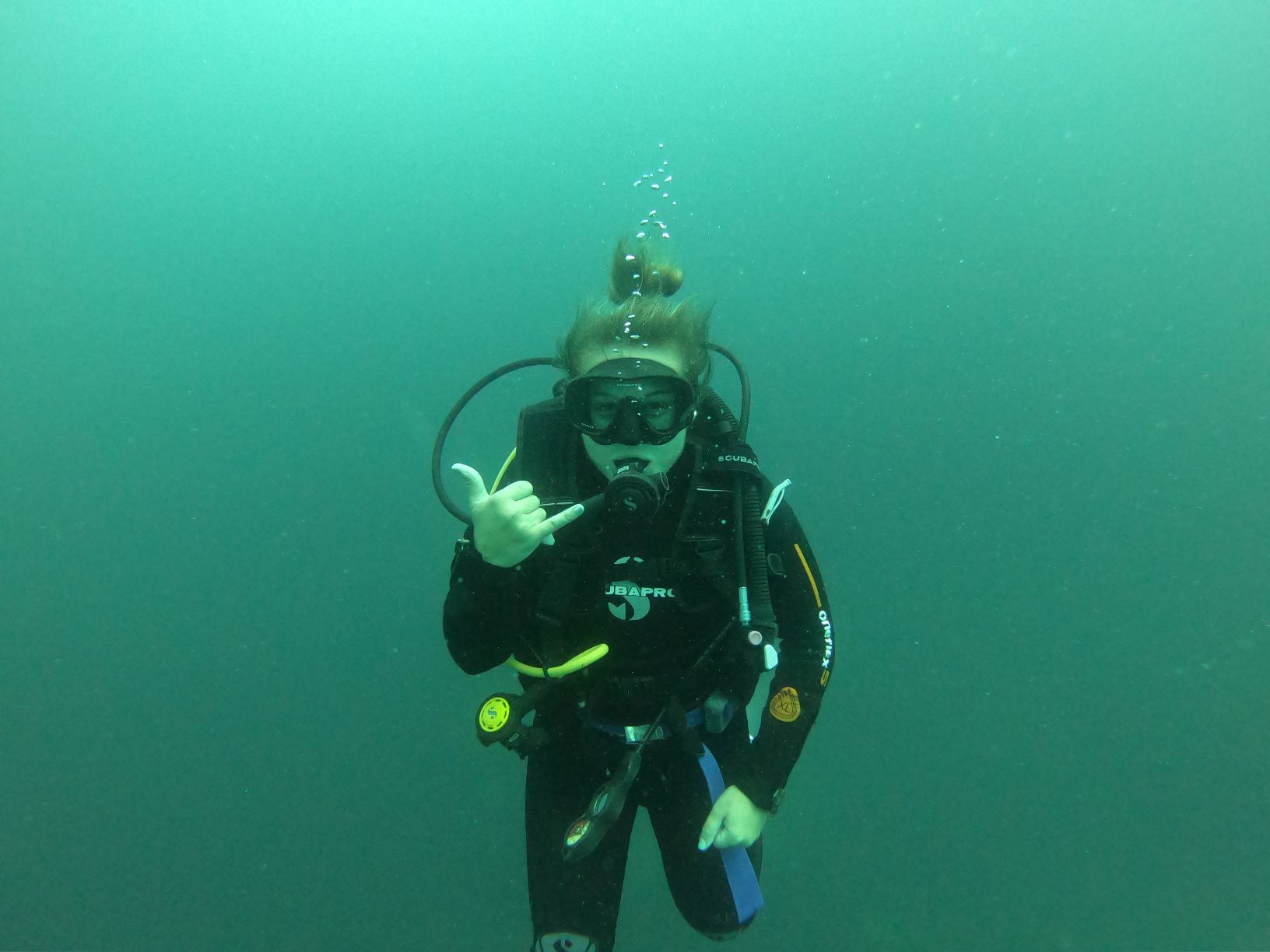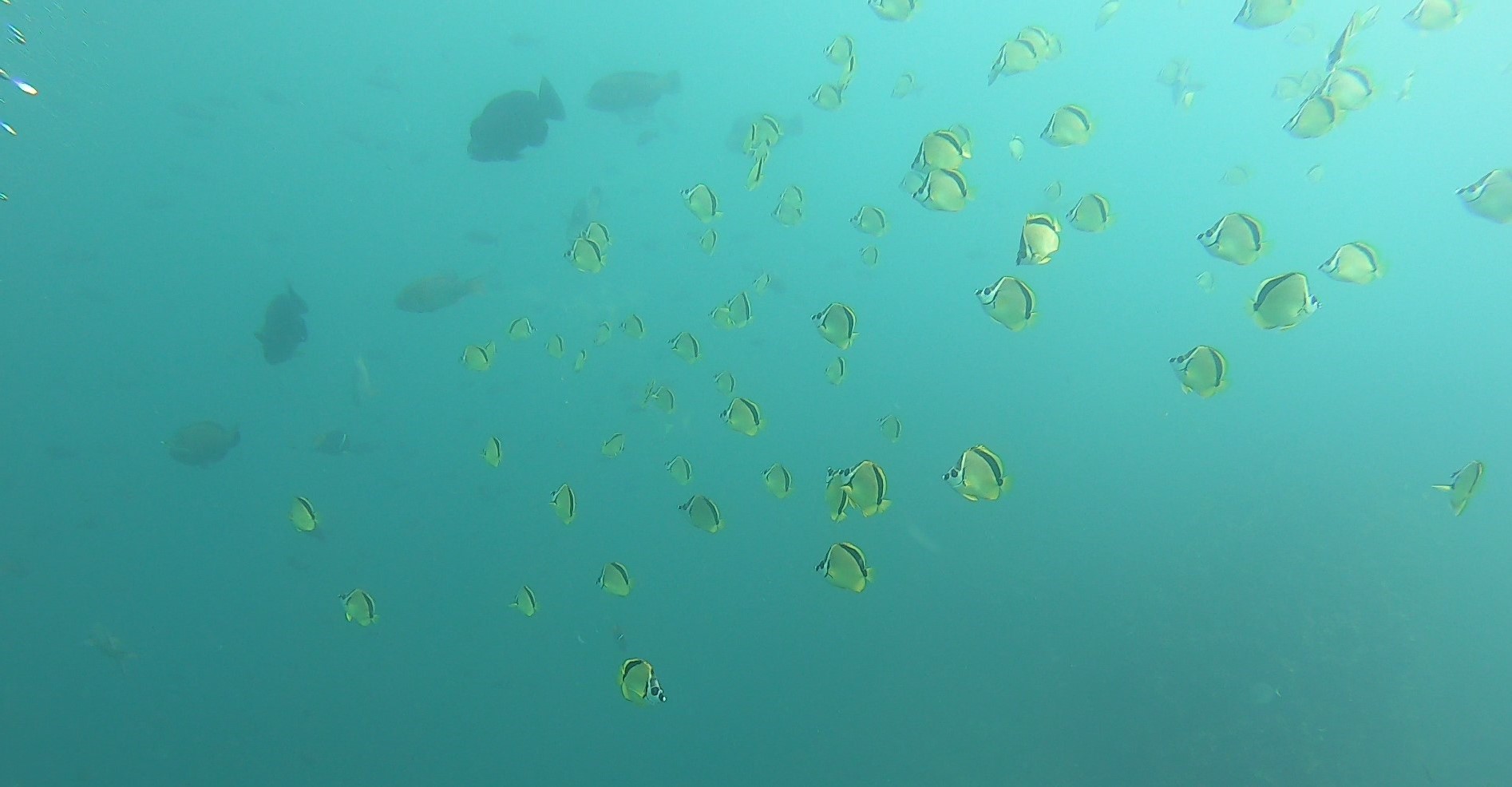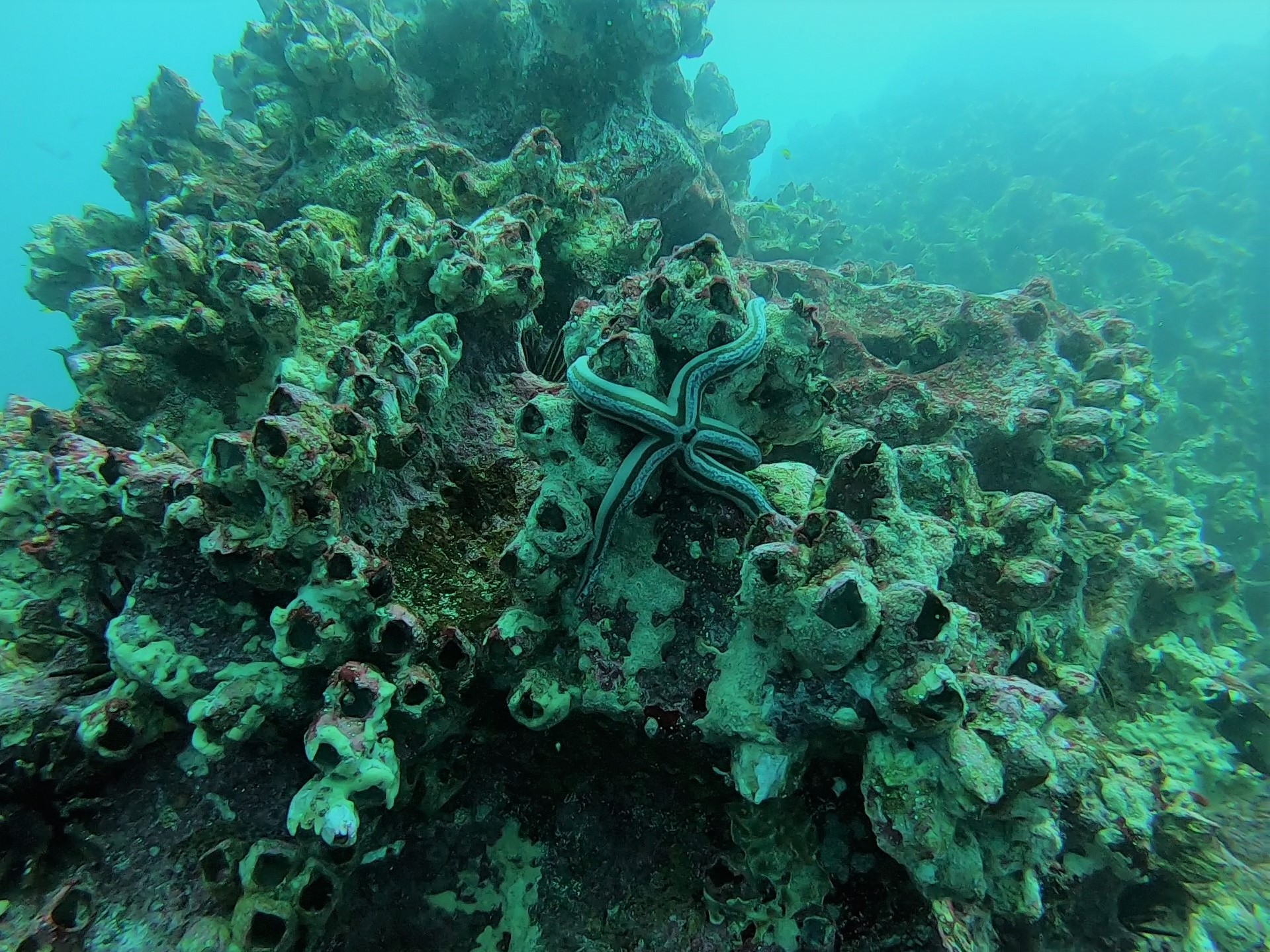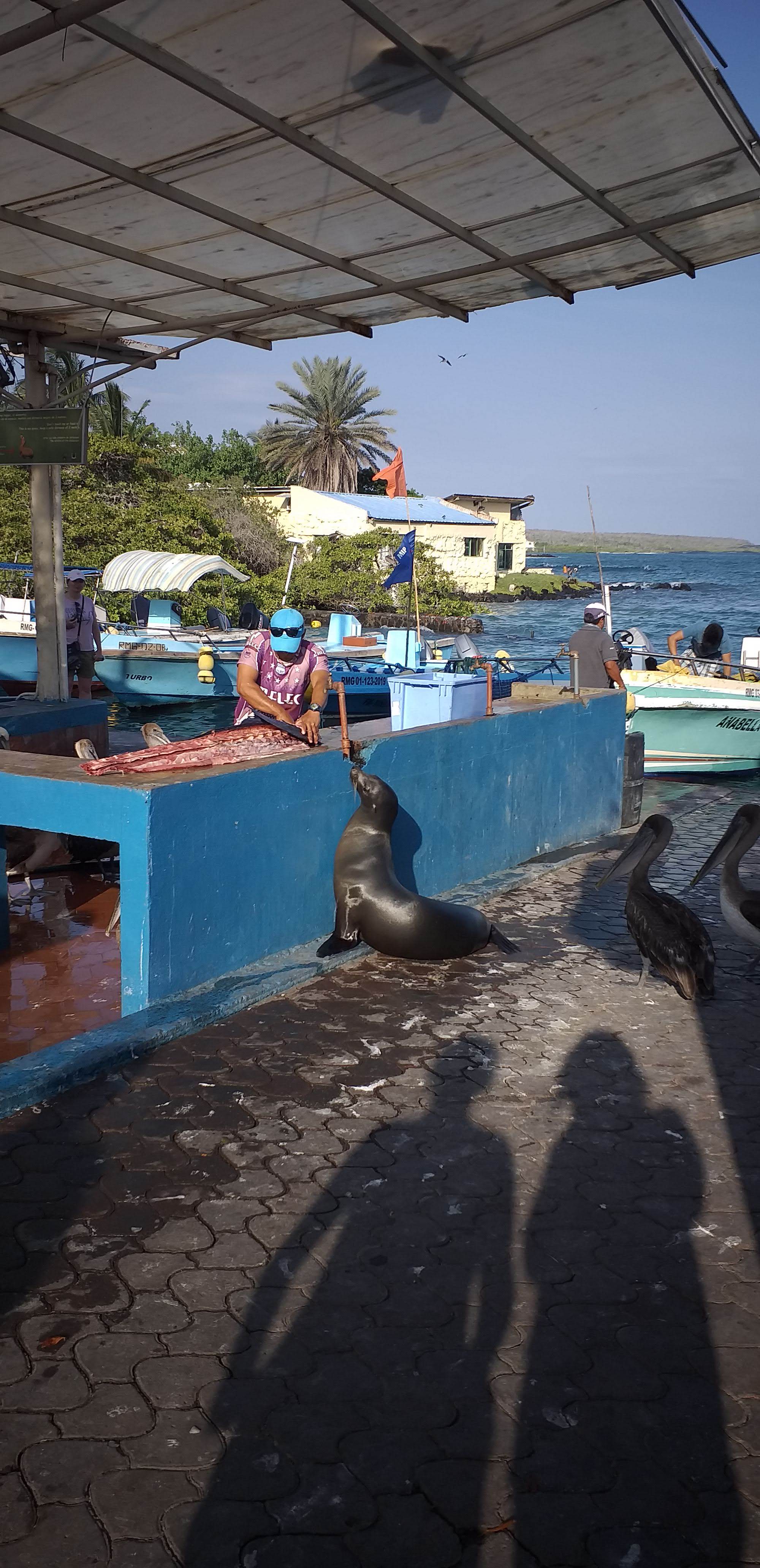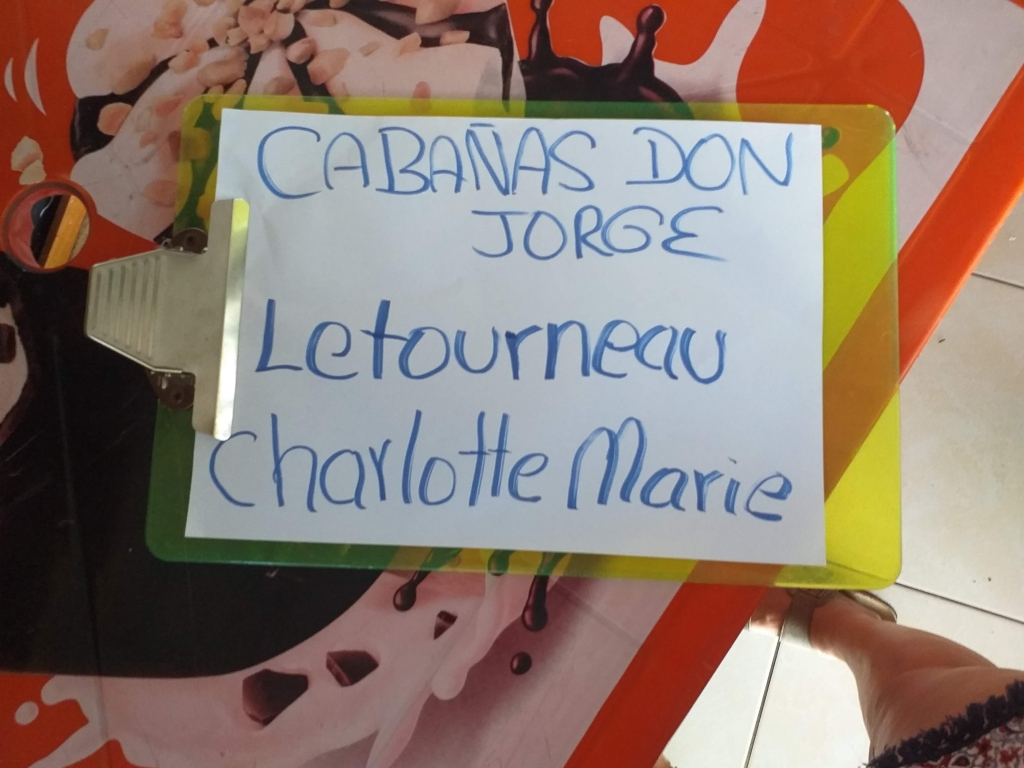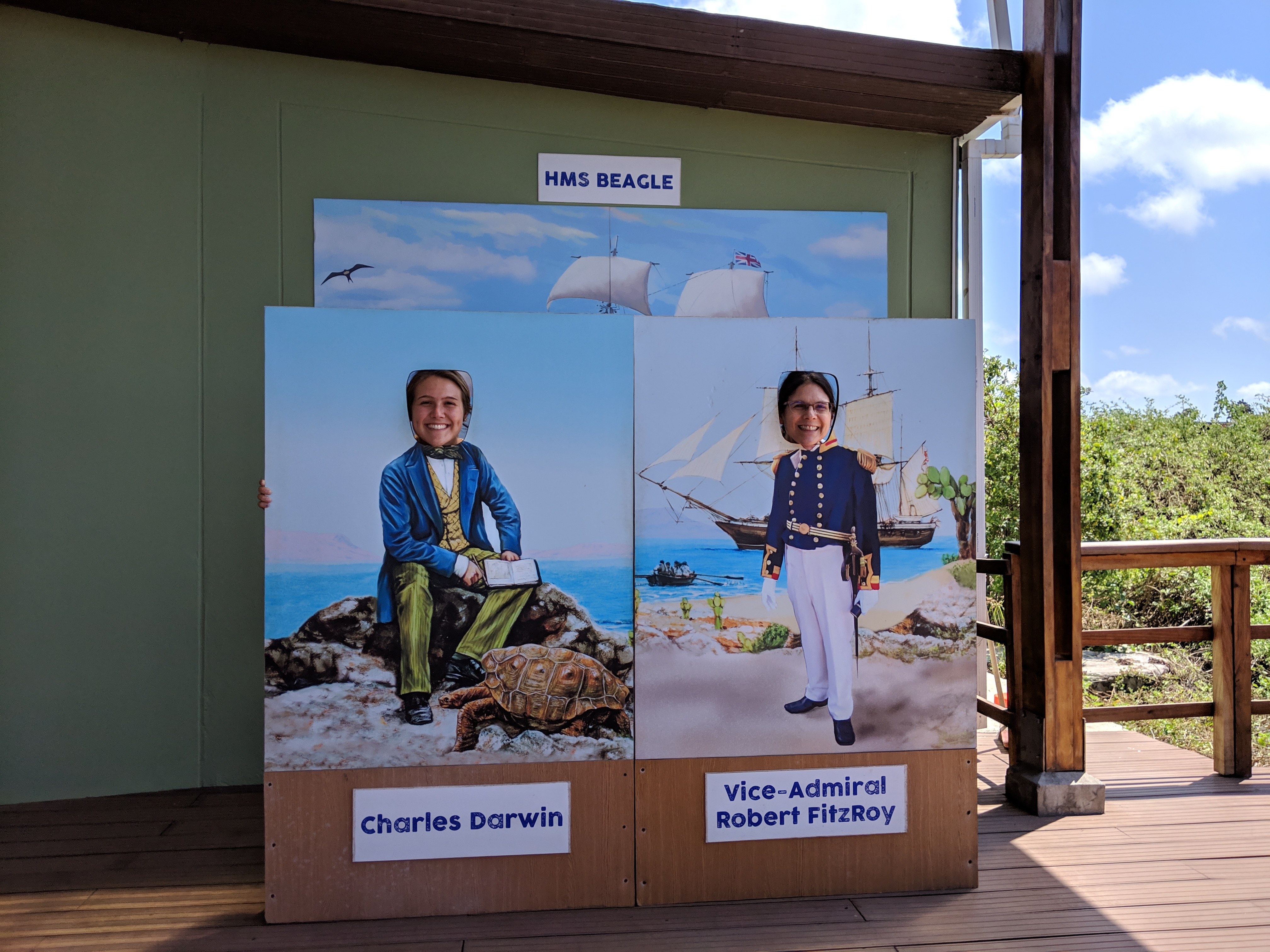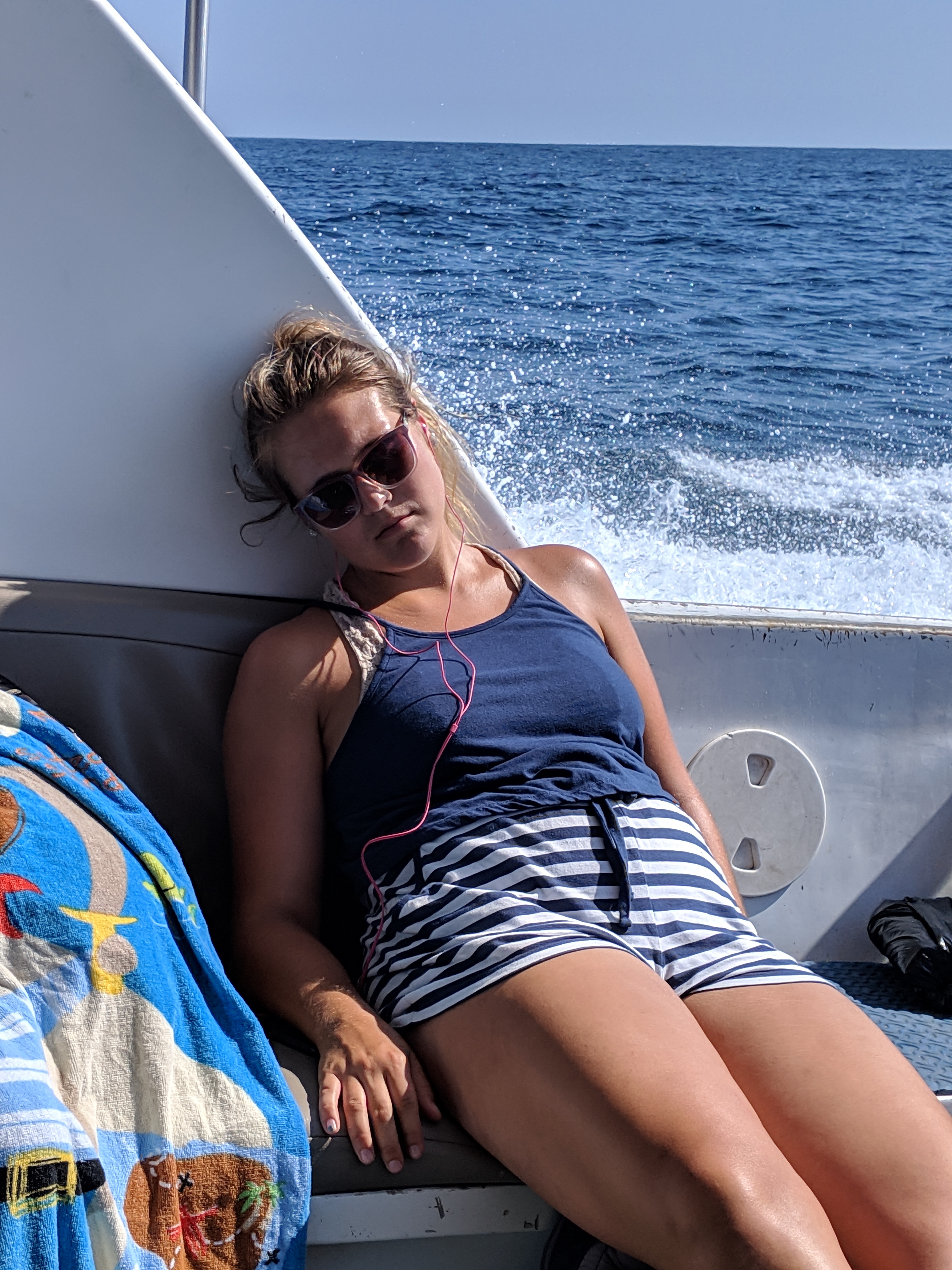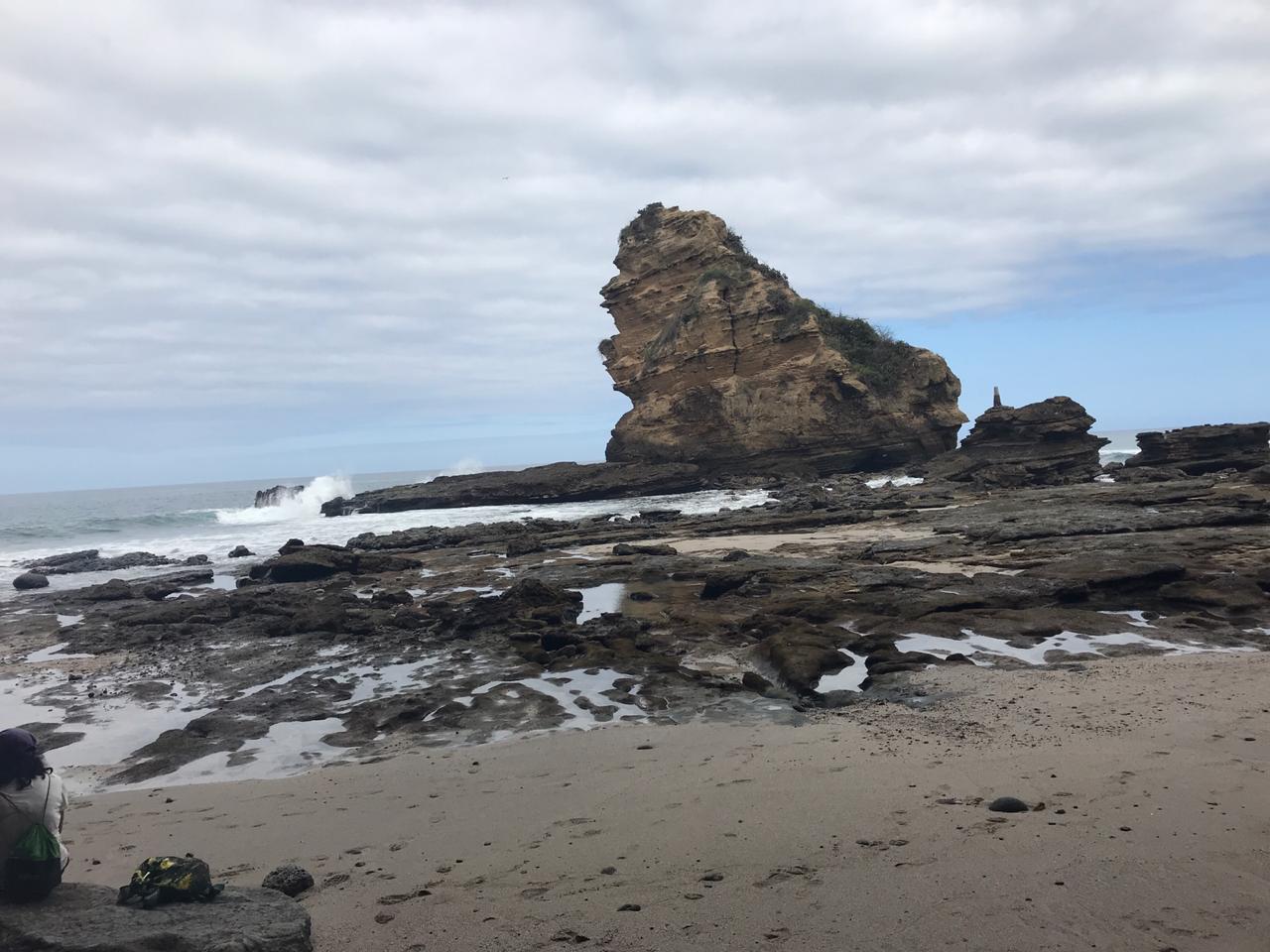
*Sometimes I use affiliate links in my content. This won’t cost you anything and will not harm our mother earth. I just might get some funding to go toward filling my logbook and sharing more with you.
Hi, it’s me. Writing to you, back in the United States.
Leaving the islands was hard. I was excited to come home but I could not imagine being away from the place I knew and loved without knowing when I would return.
It was especially hard to leave knowing all the responsibilities waiting for me at home. A few weeks after arriving home, I was moving to Williamsburg, VA for my summer internship.
Everyone asked me while I was home, “Will you be staying here for the summer?” and I just kinda laughed.
“Now why would I do that?” I would respond.
As much as I love being home, with my family and friends, that is just not in the cards for me. I won’t say that’s not who I am, but my drive to adventure, experience new things, and educate myself in different places is too strong.
Coming and going. That’s what I do.
Lima, Peru
Before heading back to the US, I decided to take one last adventure in South America and use my connections. I flew to Lima, Peru and spent the week with a friend I met on the Galapagos, who now works at a restaurant in Lima.
I really enjoyed getting to know Barranco and Miraflores, two of the districts in Lima. It was awesome to have my own town guide and I ate AMAZING food while I was there.


Salchipapas 

Picarones 

Ceviche 



List of Restaurants I went to in Lima:
I loved walking along the coastline. The view was beautiful and there were tons of dogs!
Dogs!!!




Molleja, Sebastian’s doggie 



One of my favorite places was Parque Kennedy, where dozens of cats live. You can see them hoping to get a bite parked next to the food vendors or people enjoying their snacks on a bench.
Parque del Amor
Enjoy these pictures from my Lima adventure:





















Changing of the guards! 








It also was a nice stepping stone before going back home to help me get used to being back in “civilization”. Since I was so excited to go to Peru, I was not as upset while leaving the island. However, I knew once I got home, I would start to feel the sadness creep in slowly but surely.
Back in the USA
I was happy to see my mom, my brother, my grandparents, and my friends. However, there were a lot of things I did not miss, such as the fast paced lifestyle. I have the whole reverse culture shock feeling, which has been difficult to deal with.
I spent my first few days at home resting. I was extremely tired from my travels. Eventually I worked my way back into driving, throwing toilet paper in the toilet, and speaking English. I tried to relax for a little because in a few short weeks, I was packing my things up again and going South, but not as far this time.
While home, I saw my friends and my doctors, tried aerial yoga, visited the Distinguished Young Women of Maryland orientation, celebrated my birthday 21st birthday, swung by the local farmers market, ate at the Greek festival, and went to the Boonsboro Green Fest with my mom.



Kombucha!
Gilman Scholarship/Follow-on Project
Also while I was home, I completed part of my Follow-on Service Project for the Benjamin A. Gilman International Scholarship. I went back to my high school, Middletown High School, to present to students about studying abroad in the Galapagos. Some classes even read my blog prior to my arrival and had questions prepared about my experiences. I talked with biology, Earth sciences, and Spanish courses. It was certainly a rewarding experience for me. I had several students come up to me after to ask more questions or thank me for coming. I am glad I was able to spark interest in study abroad or certain careers for students. It was moments like those when I was in high school that really opened my eyes to the opportunities world holds and what could be my future. Thank you MHS for having me!


Megan Gilbart, DYW of Northern Frederick 2020
Down South: Williamsburg, VA
On May 26th, I packed my car and drove a few hours down to Colonial Williamsburg. Why the heck did I do that?!
Well, it has been awhile since I talked about my internship for the summer as part of my Hollings Scholarship. If you remember my post from December, I visited where I was going to work and met my mentors. Seems like forever ago. The Hollings Scholarship requires students to figure out locations and projects pretty early on, which was nice so I did not have to worry about any of it while I was abroad. Before I left, I even had my housing figured out thanks to my connections from DYW!
This summer, I am working at NOAA’s Chesapeake Bay National Estuarine Research Reserve in Virginia. The reserve is on the campus of the Virginia Institute of Marine Science (VIMS). My internship is 10-weeks long, including the last week where we present our projects at NOAA headquarters in Silver Spring, MD.

My Project: Translating Chesapeake Bay Research and Stewardship Projects into Useful, Hands-on Education Products
So the idea of my internship is to work both with the stewardship coordinator, Scott Lerberg, and the education coordinator, Sarah Nuss, to help share more of the work being done on the bay in educational settings. We met together and they shared their visions. There are so many projects I wanted to do with them and ideas we had, but unfortunately I only have 9-weeks to plan, conduct, and analyze my project.
We looked at what resources were available to me and decided on a project. I will be creating a traditional lesson plan and a digital lesson plan using Esri’s Story Map to teach about marshland restoration and sea level rise. Specifically, I will be drafting a lesson that explains thin layer placement as a restoration technique and discuss a current experiment throughout many of the NERRs system.
Not only am I making these two avenues to teach students but I will be 1) interviewing teachers at a teacher workshop about their experience with technology and digital learning, 2) having teachers evaluate the lessons, 3) piloting the lessons with high school students at a summer camp, and 4) interviewing students before and after the lesson to evaluate their learning preference.
What is thin layer placement?
You’ll find out once I finish my Story Map….or you can Google it…
See you next month when I finish up my adventures on the Chesapeake Bay!
Until then, follow my Facebook Page that I am finally uploading photos and videos to!
































































































